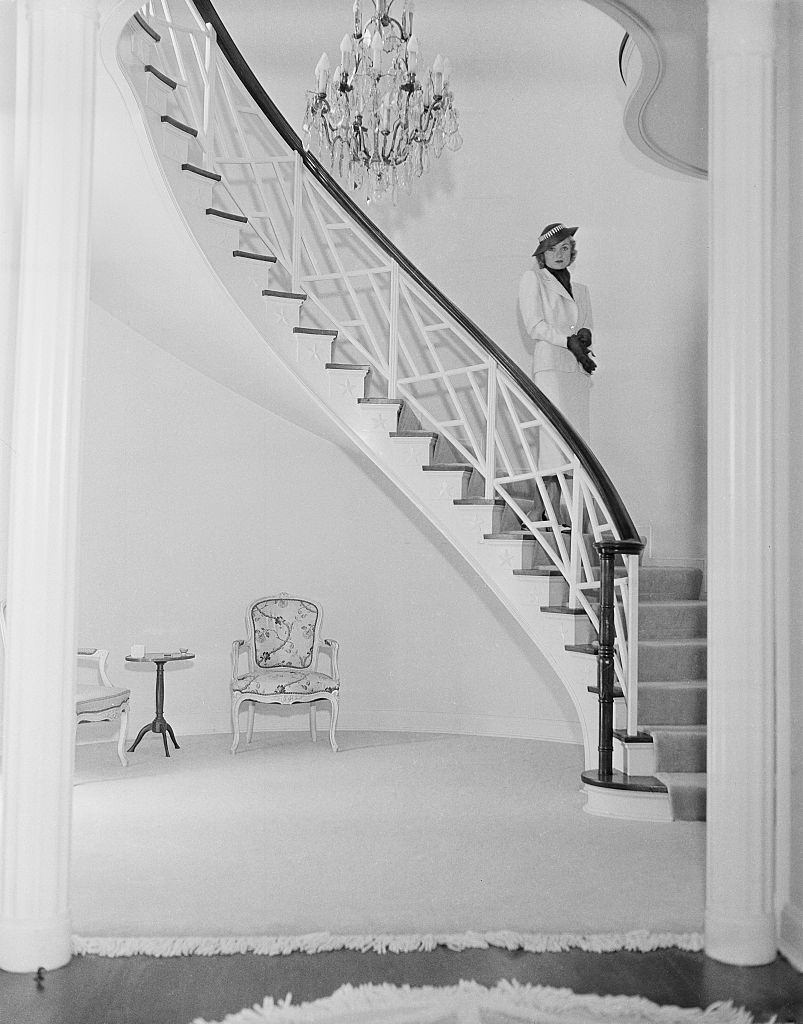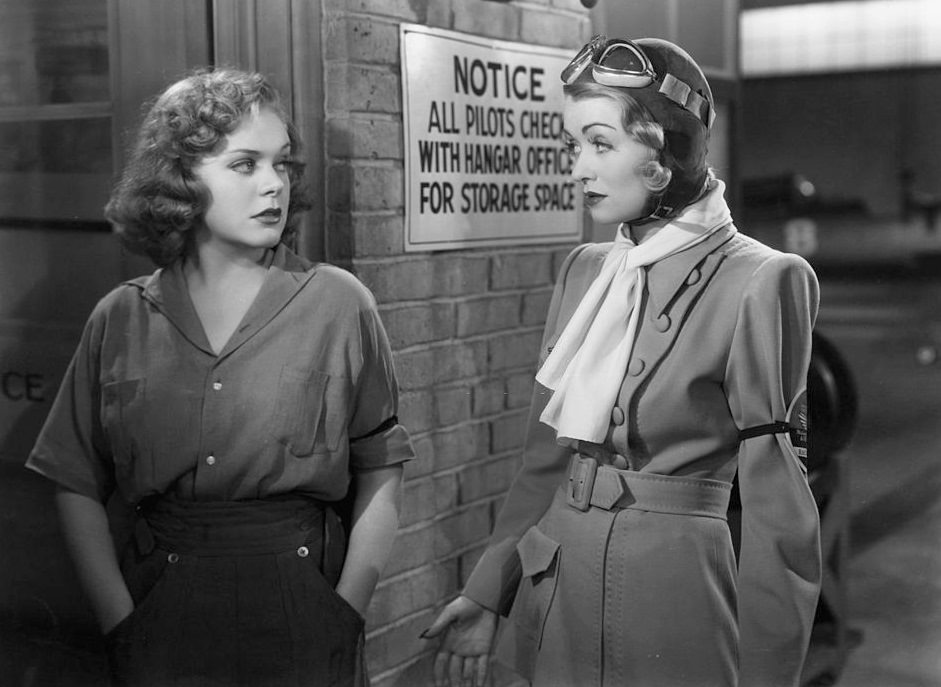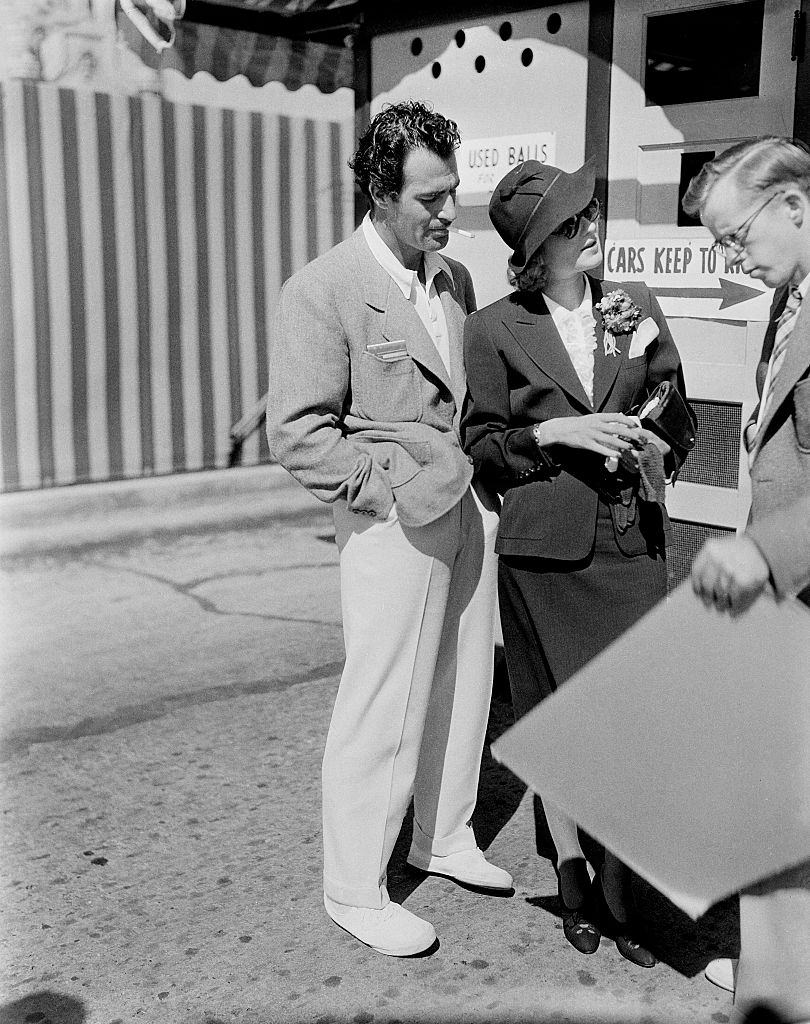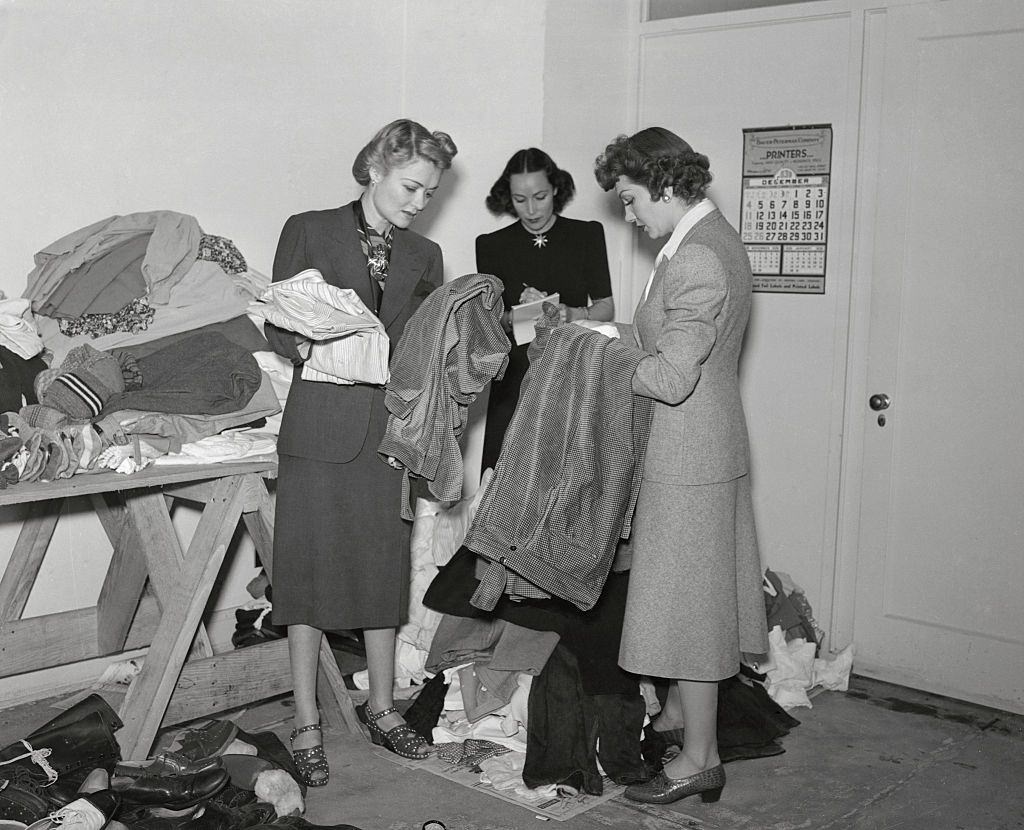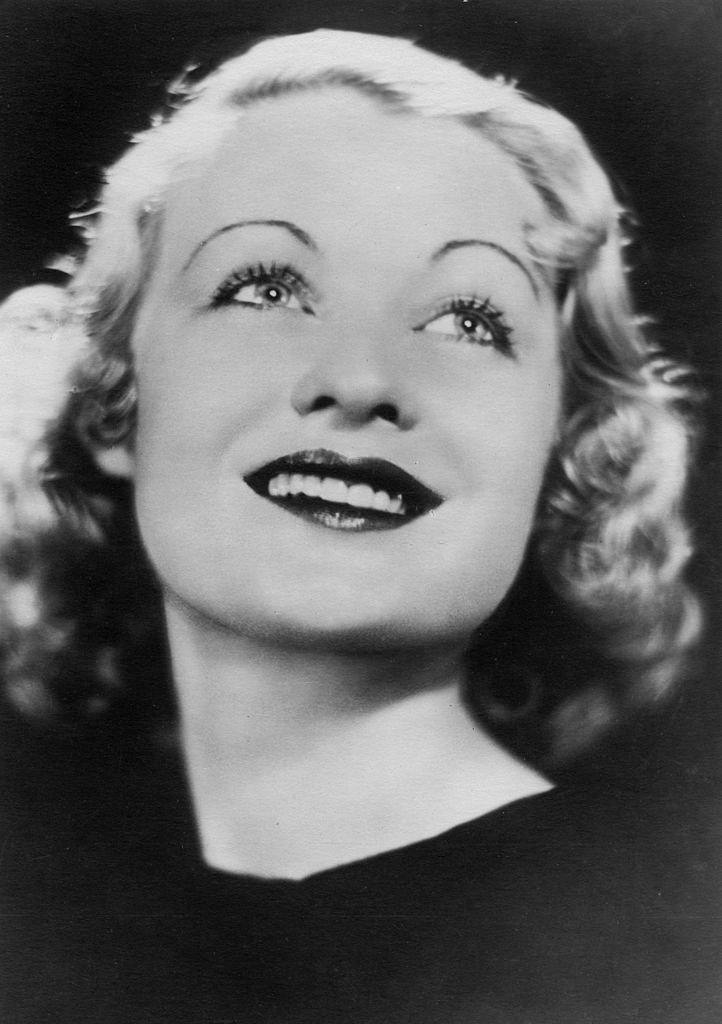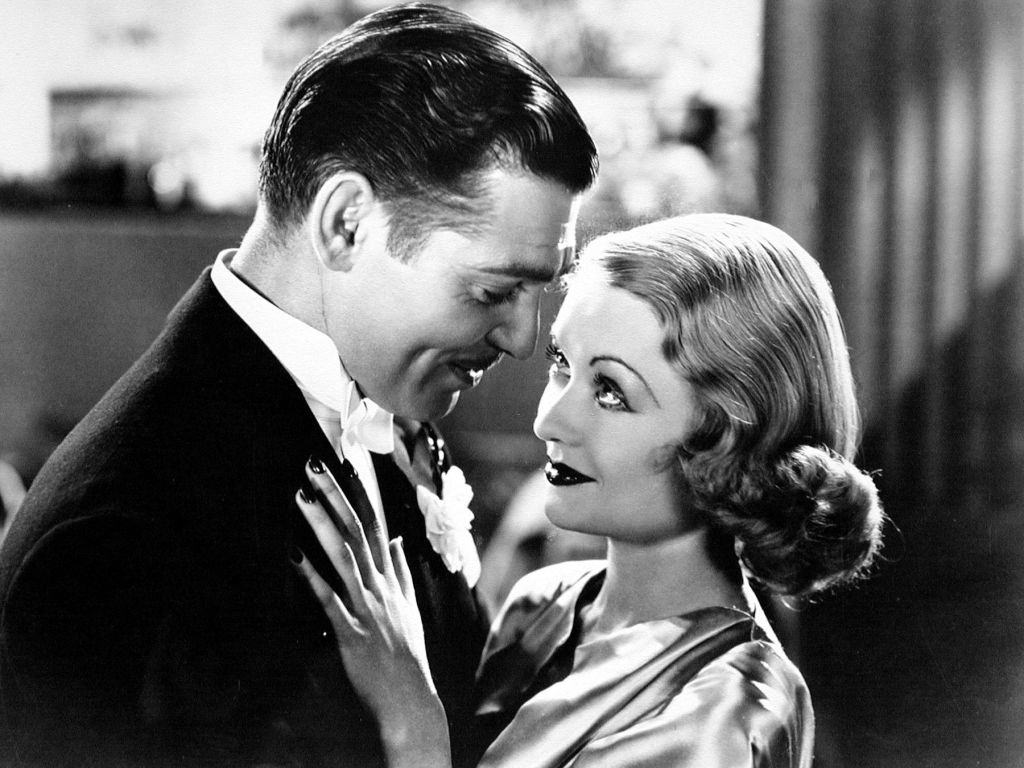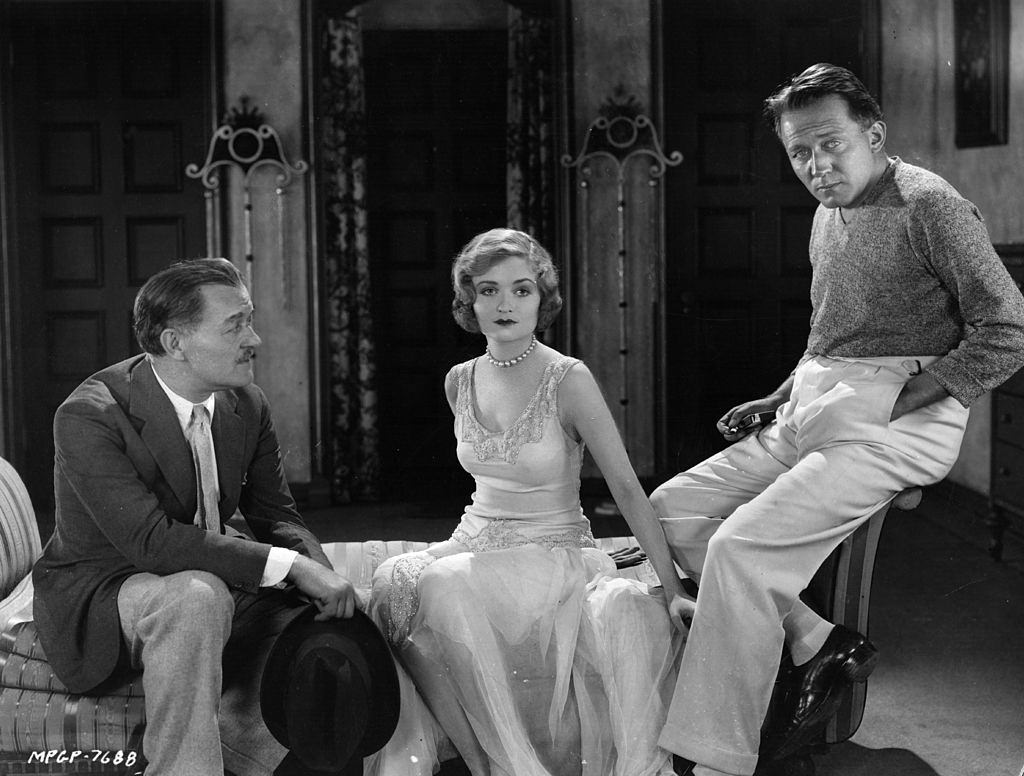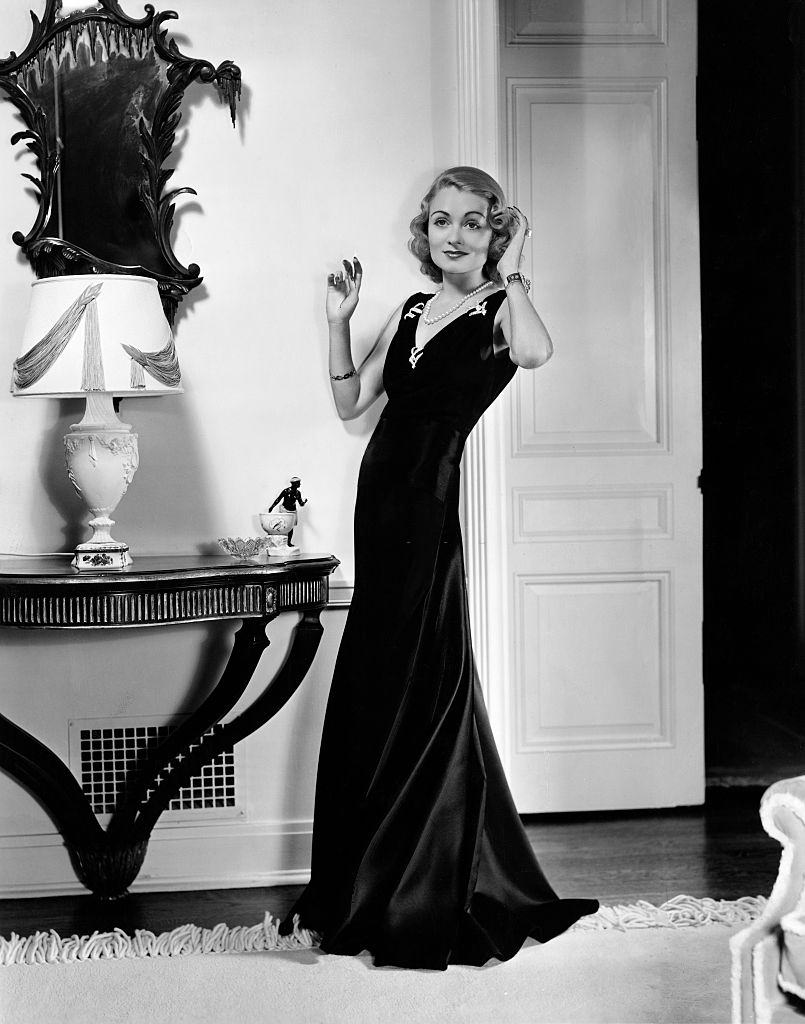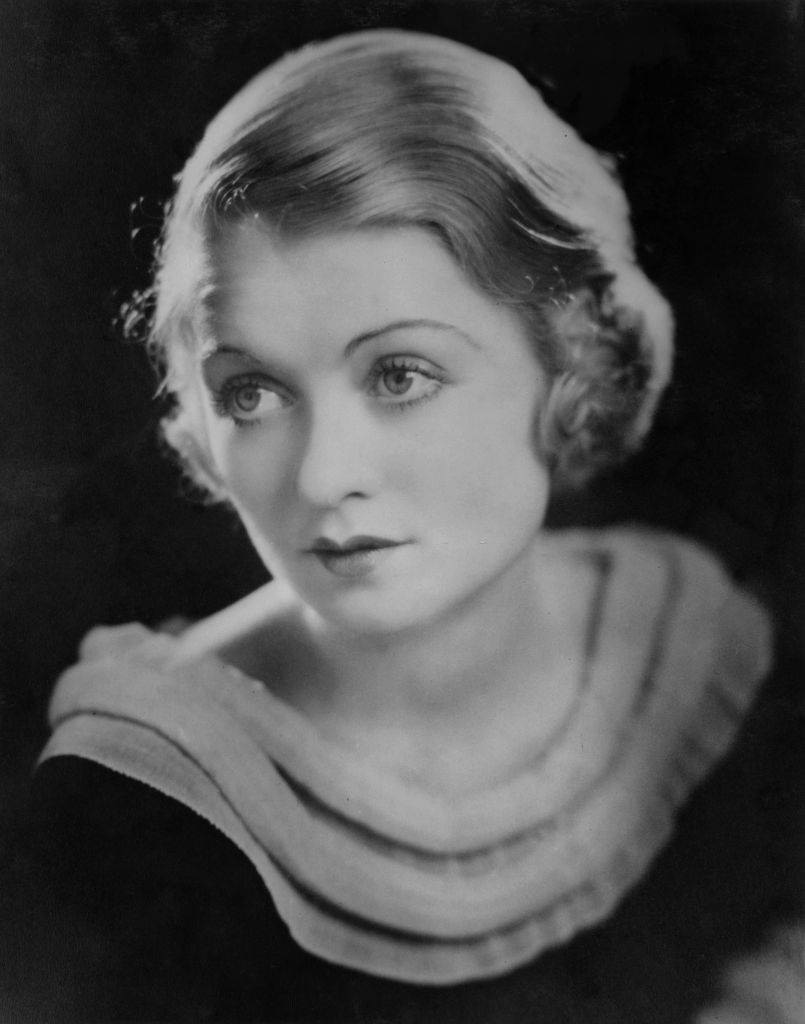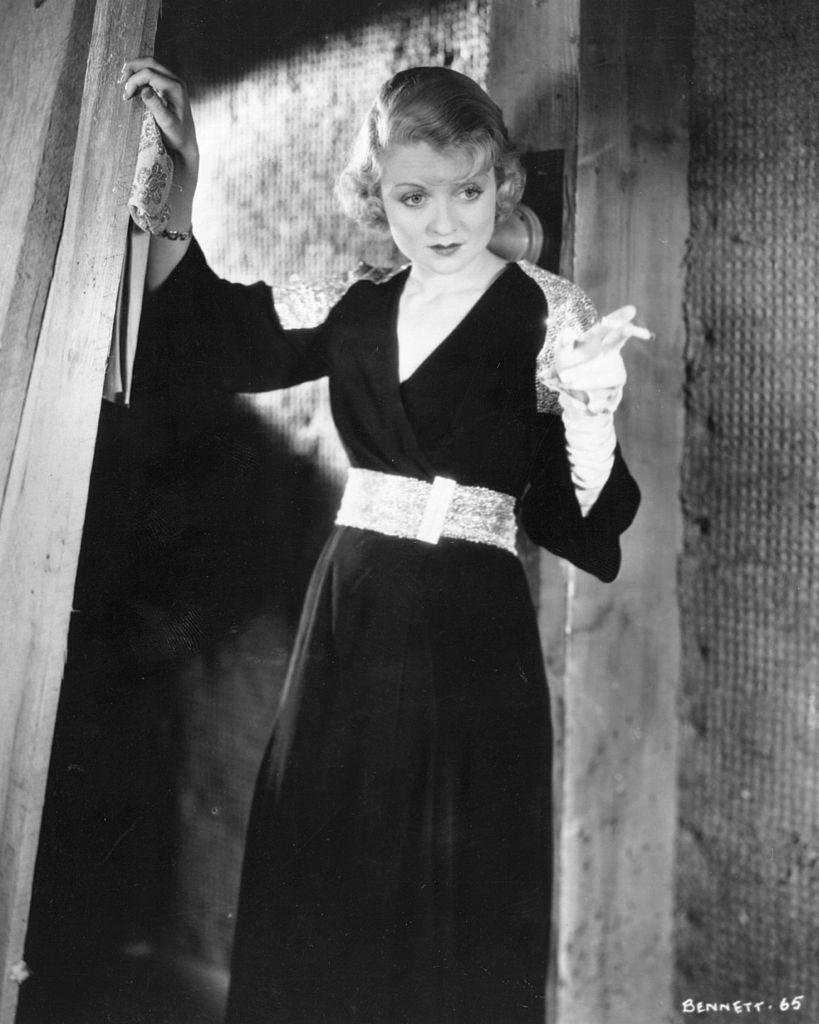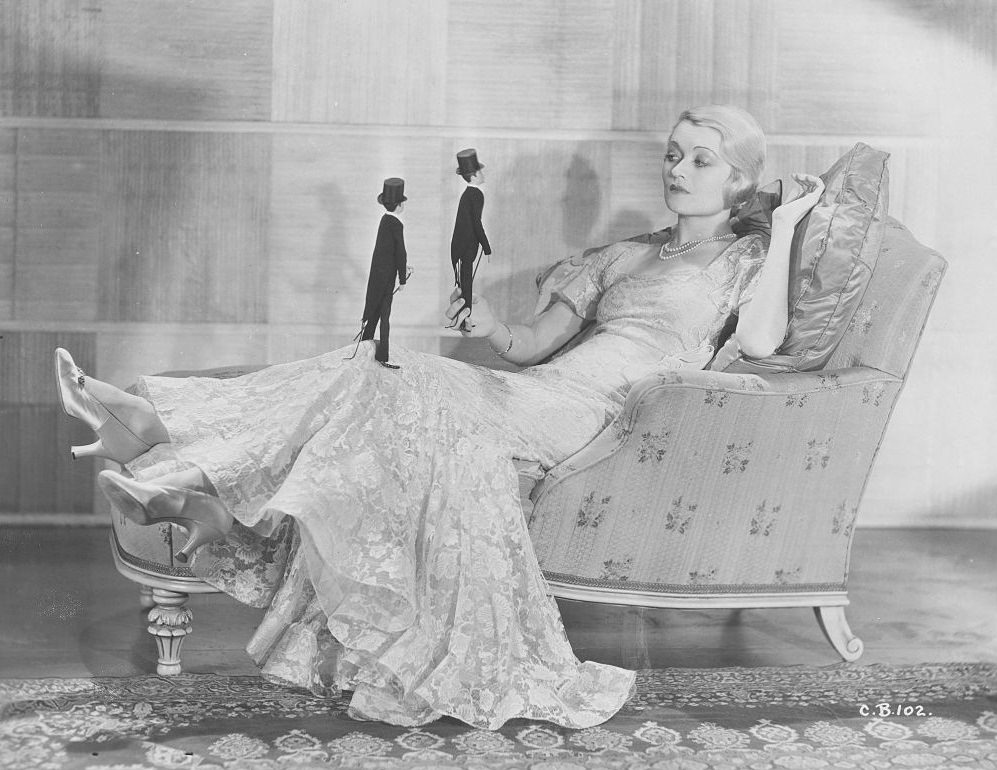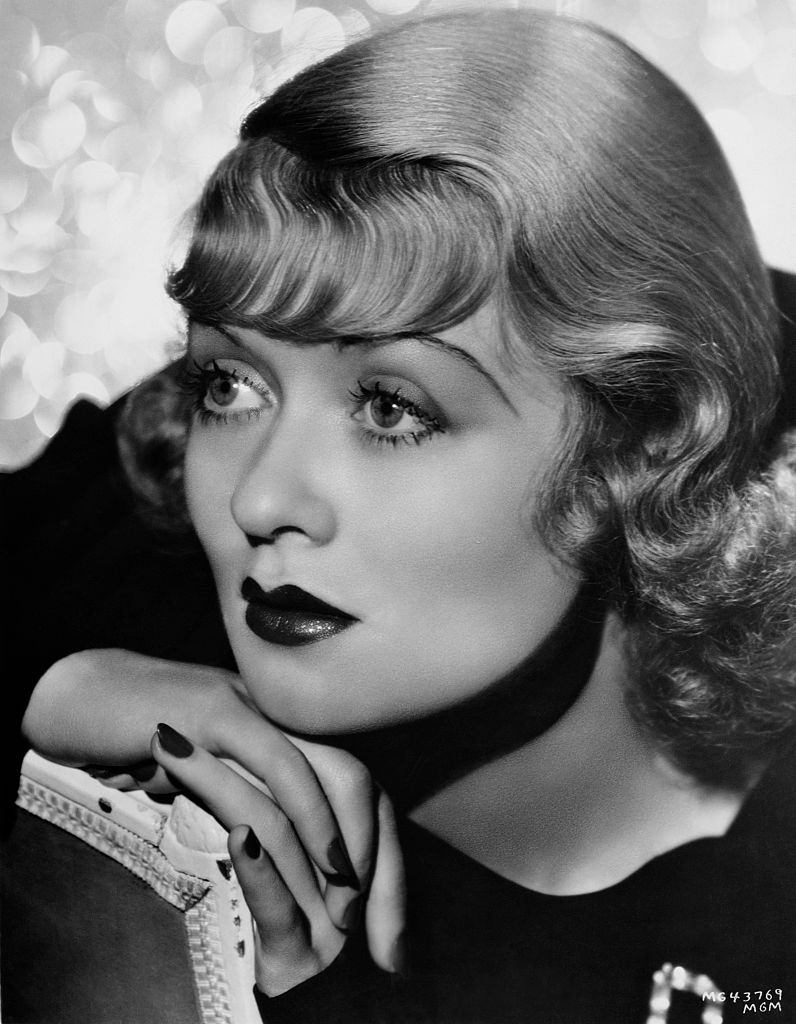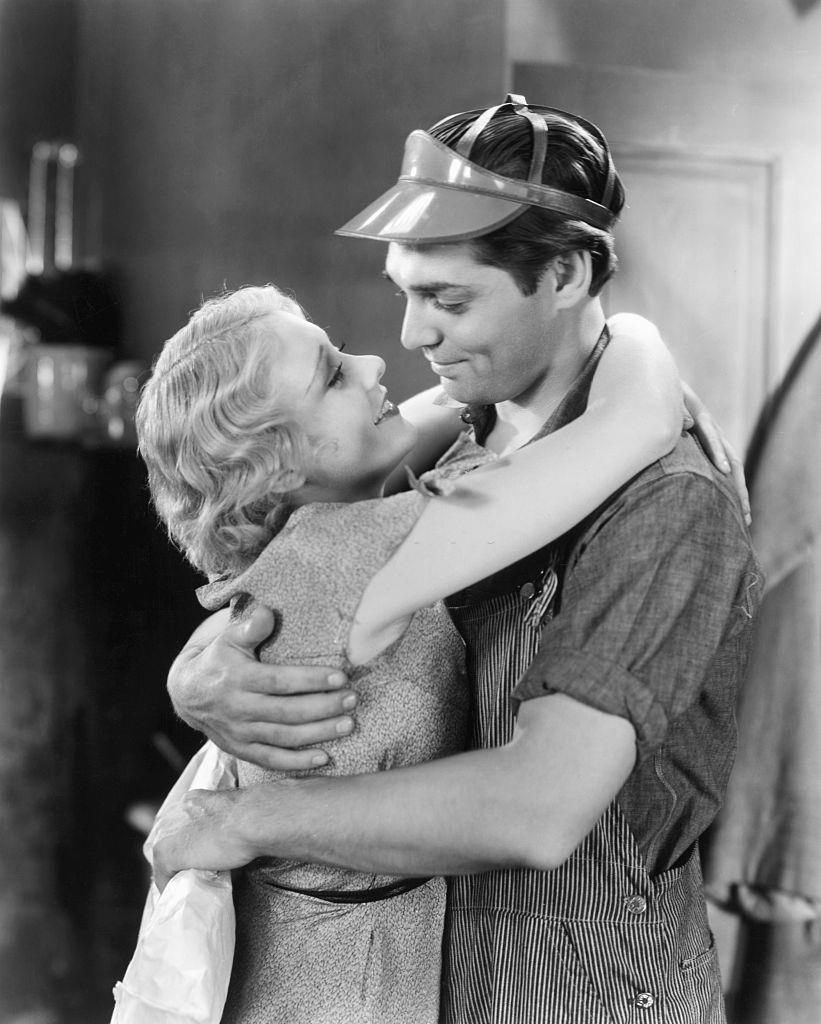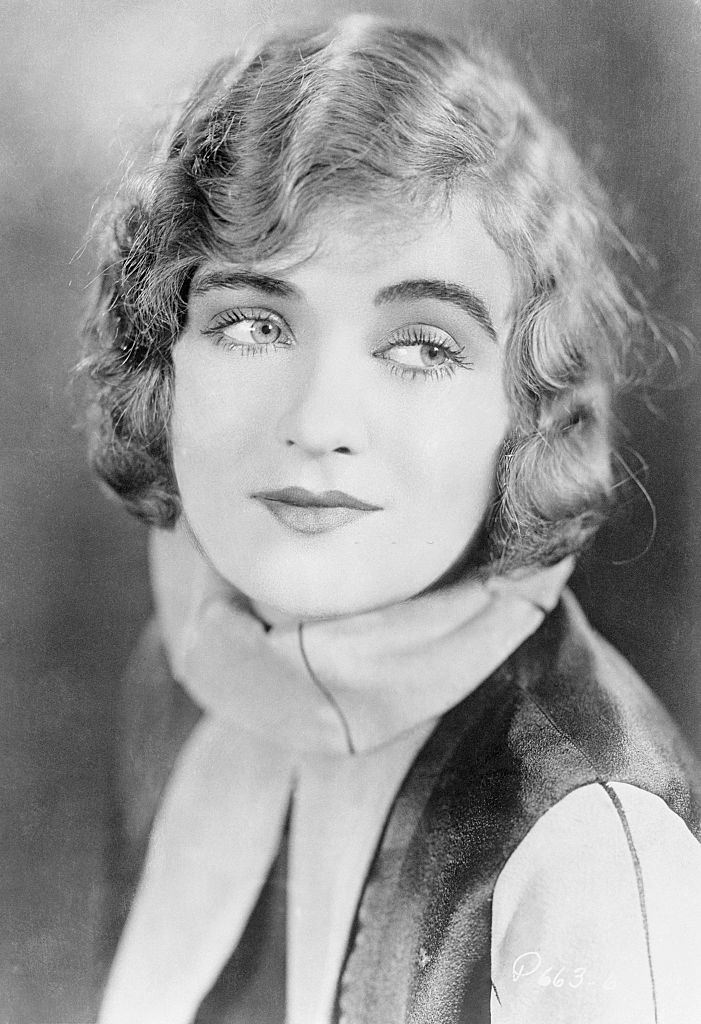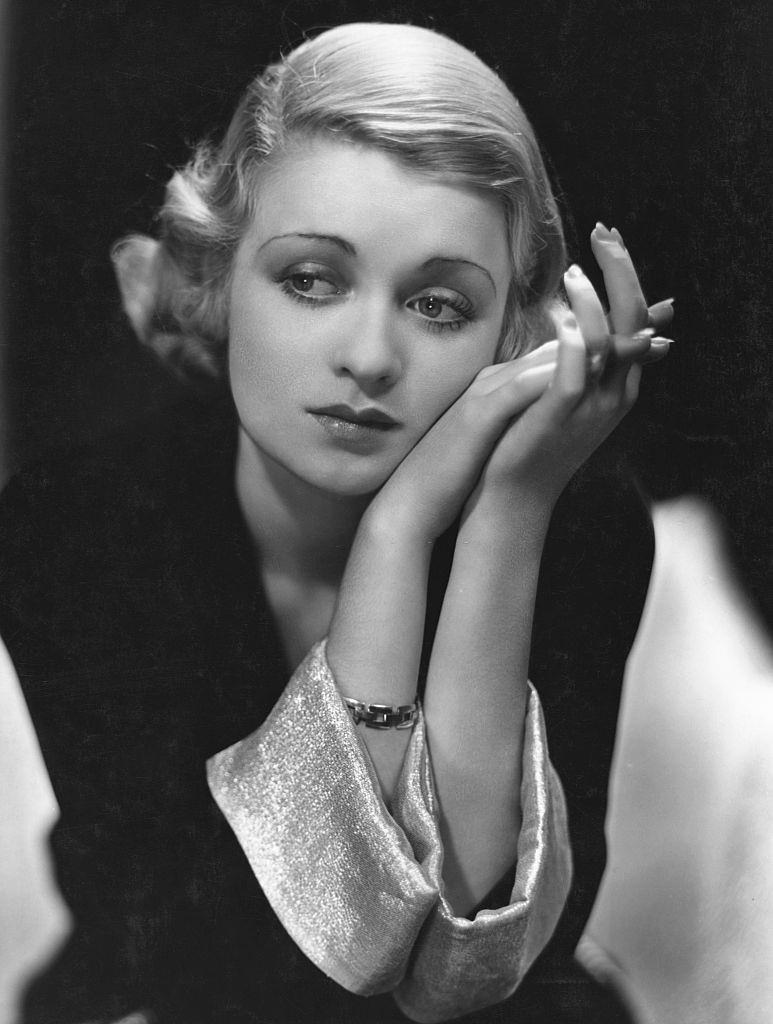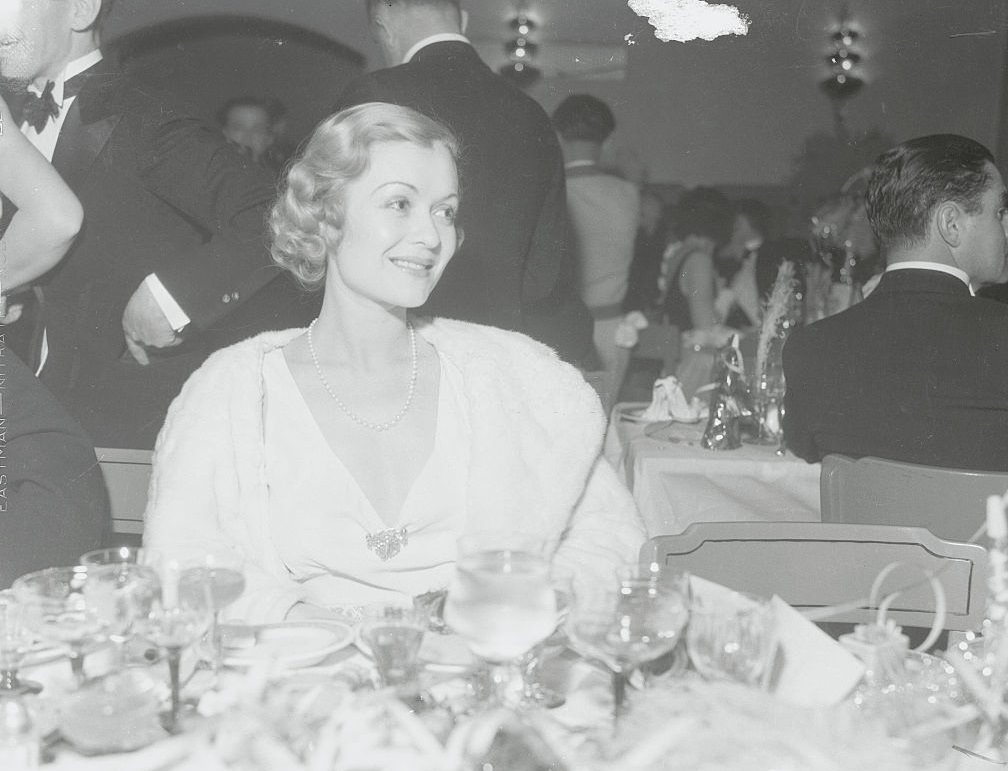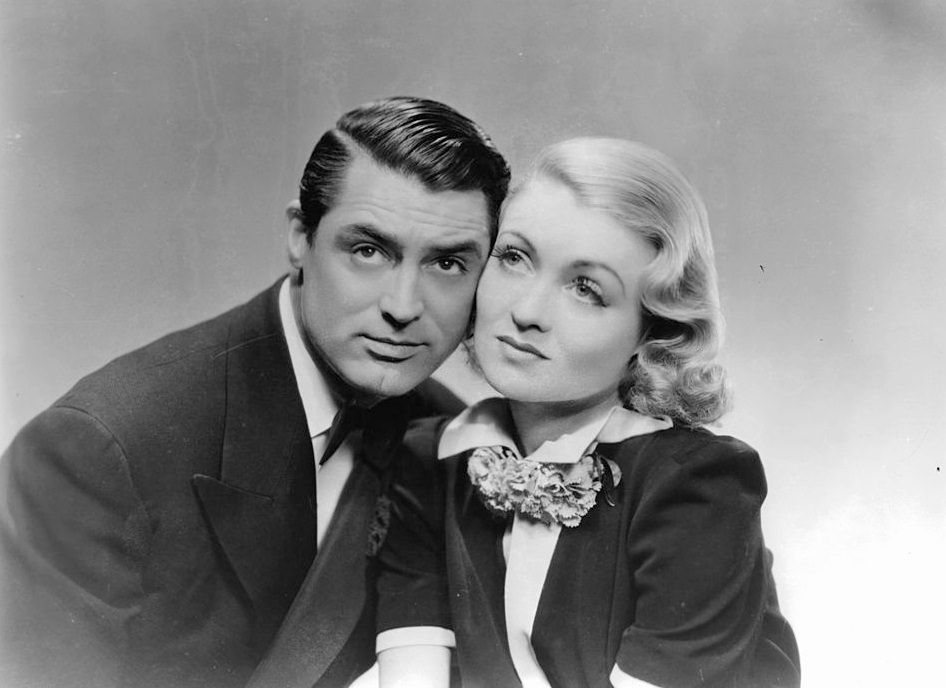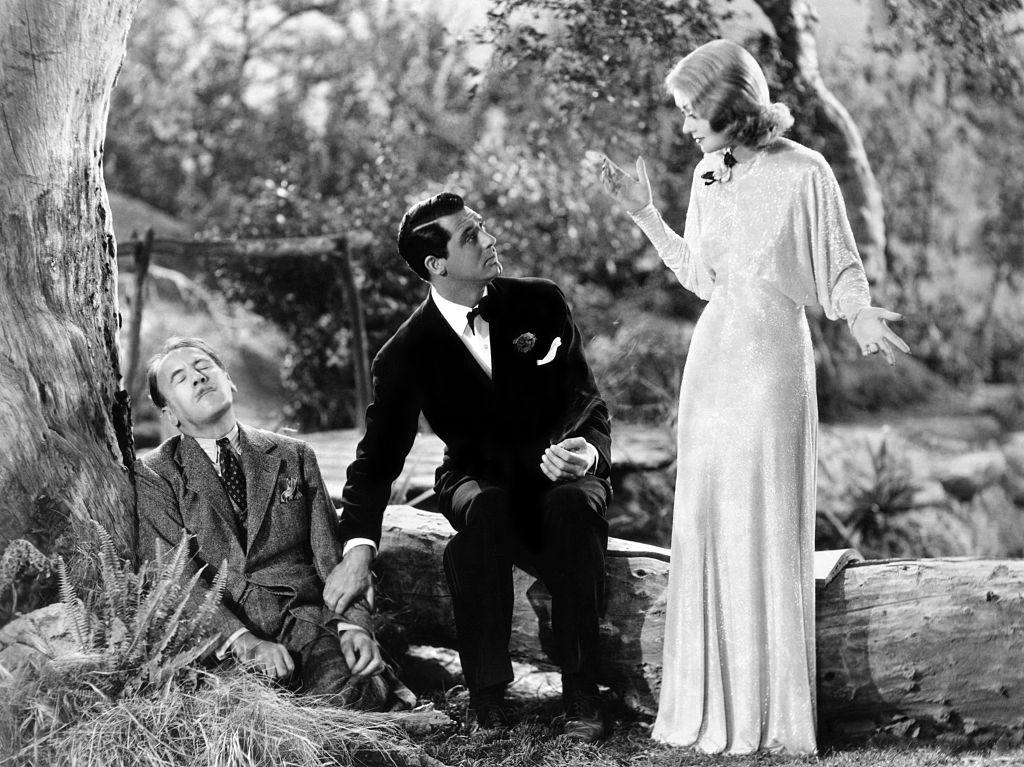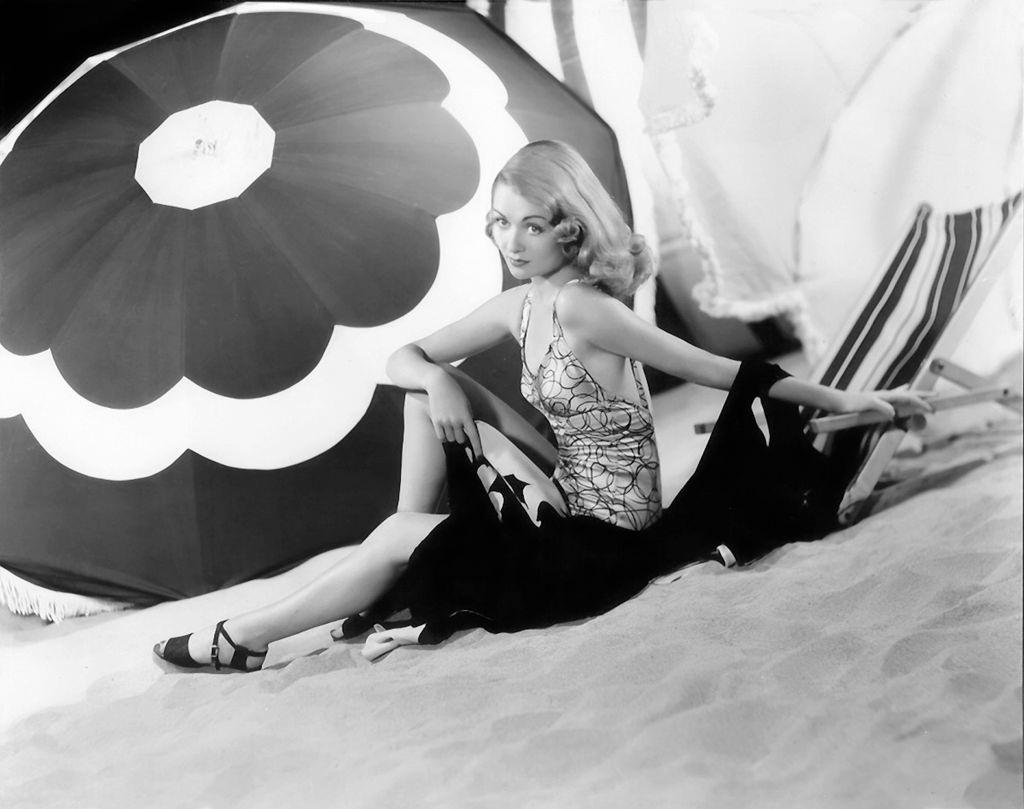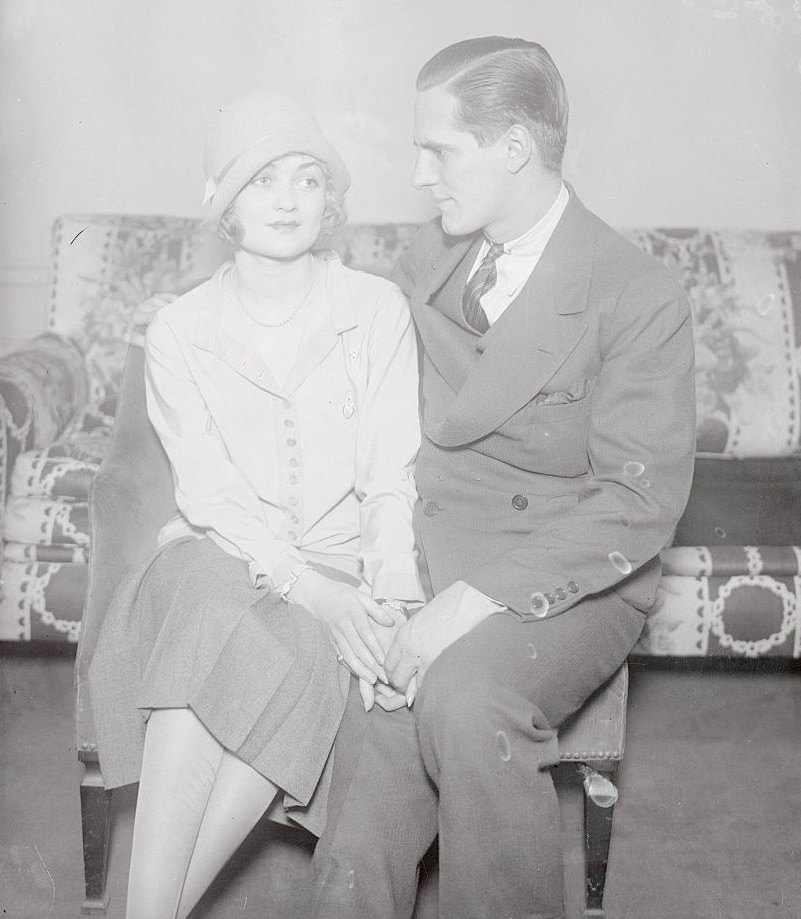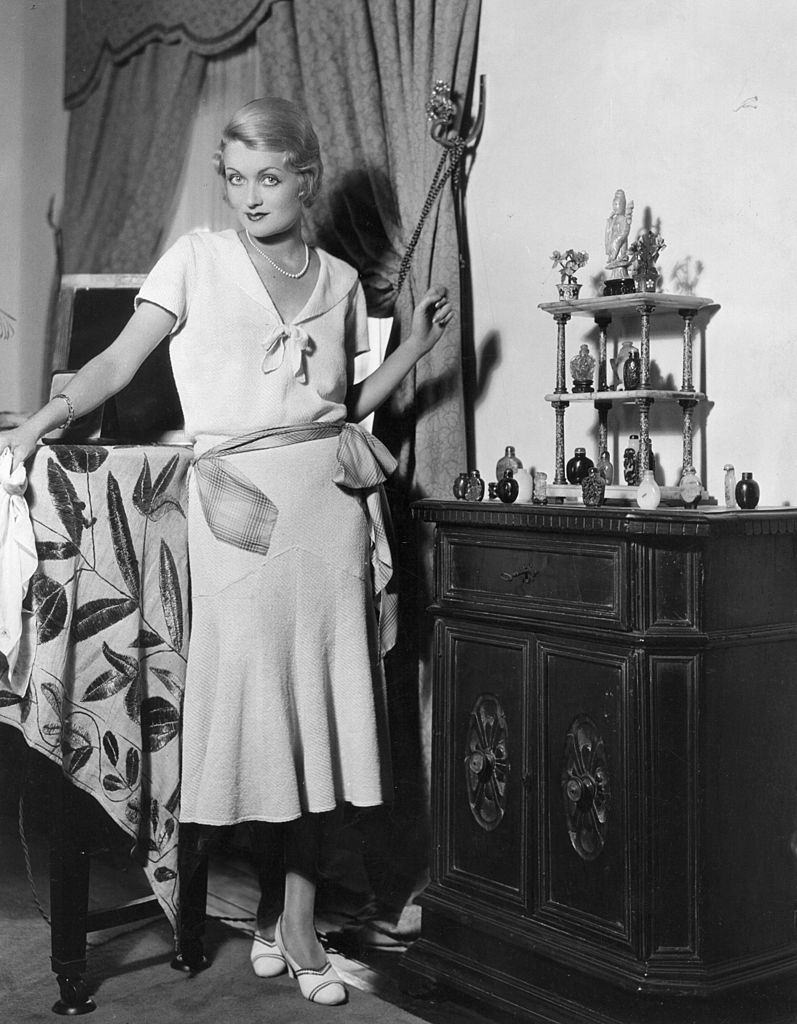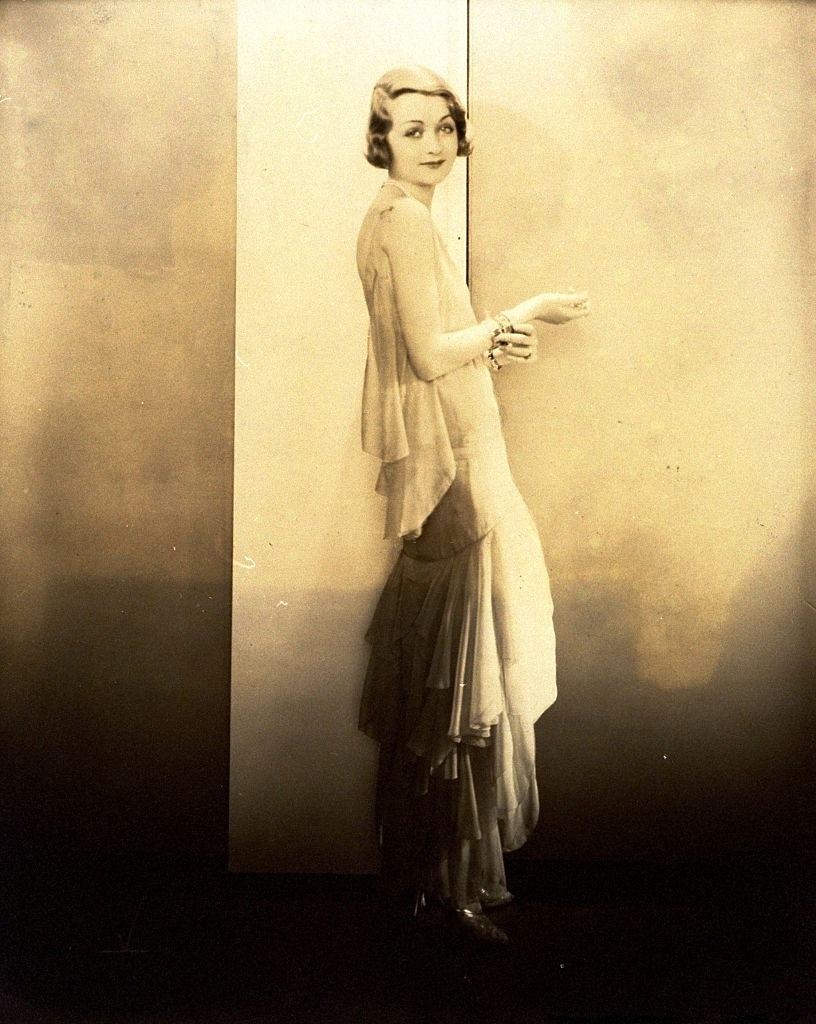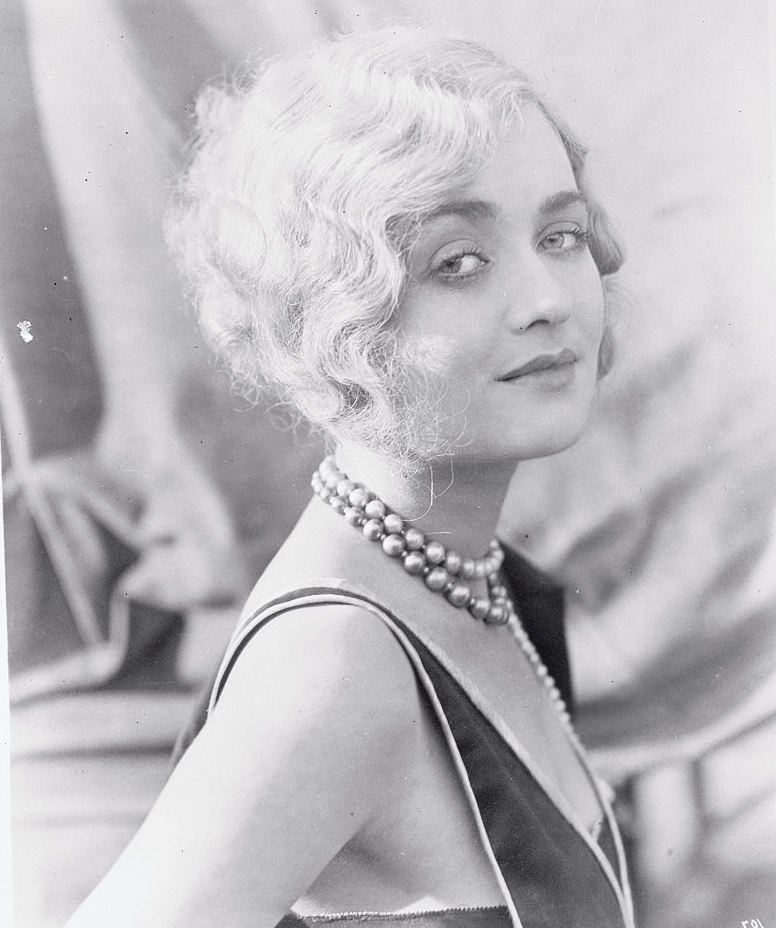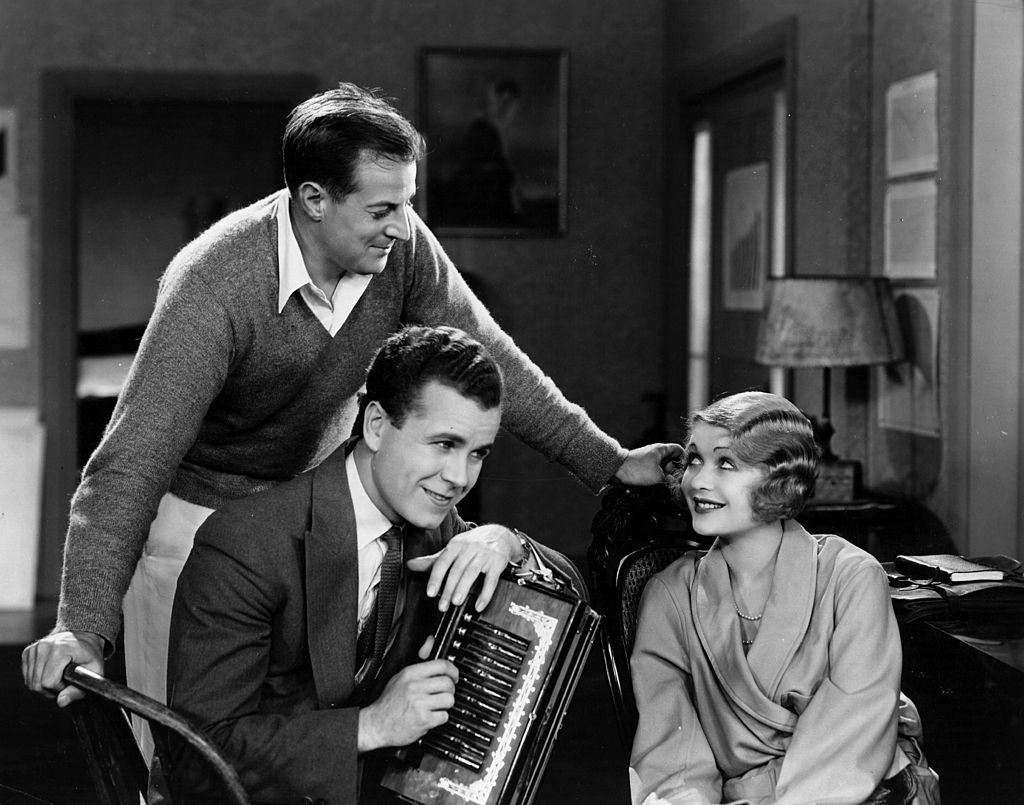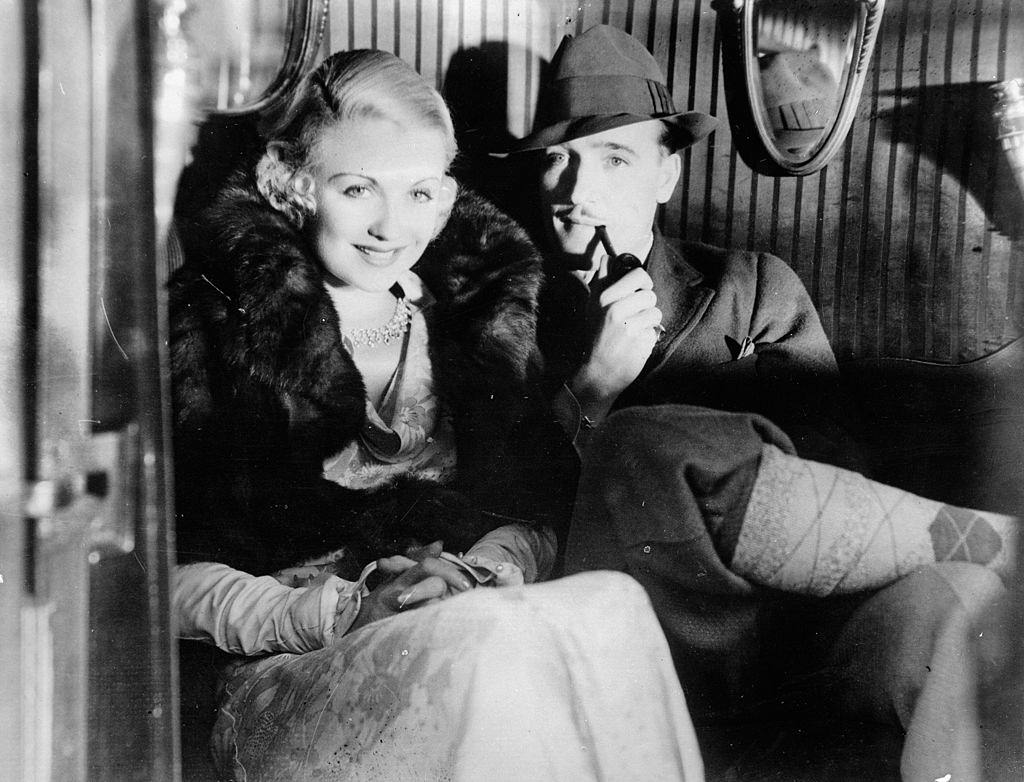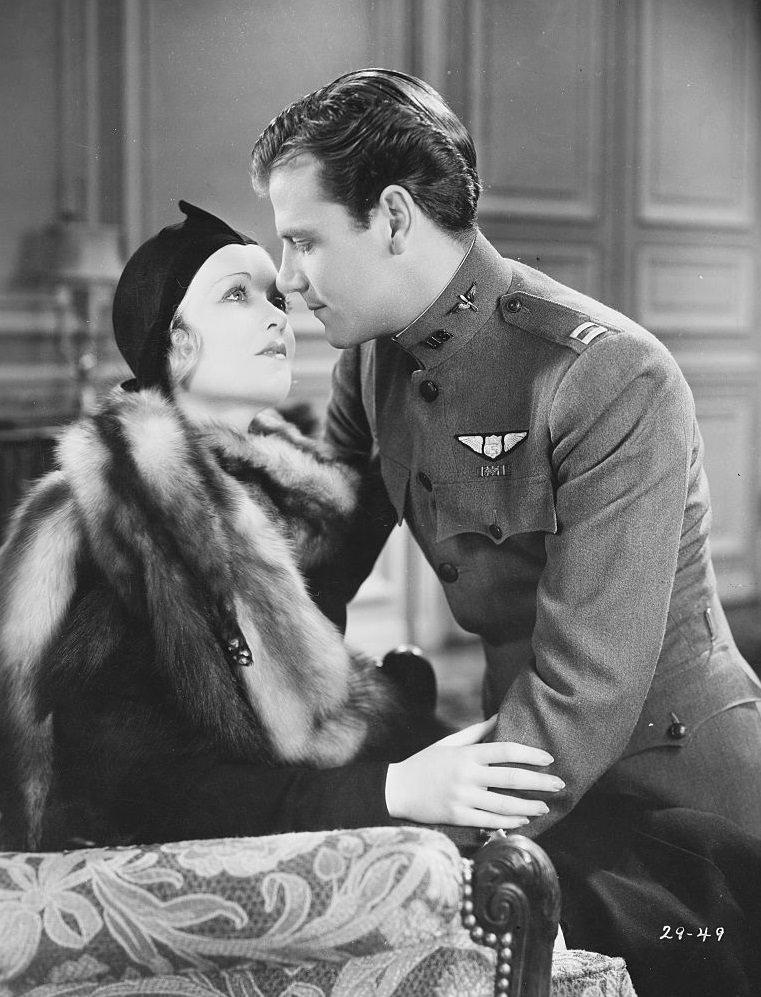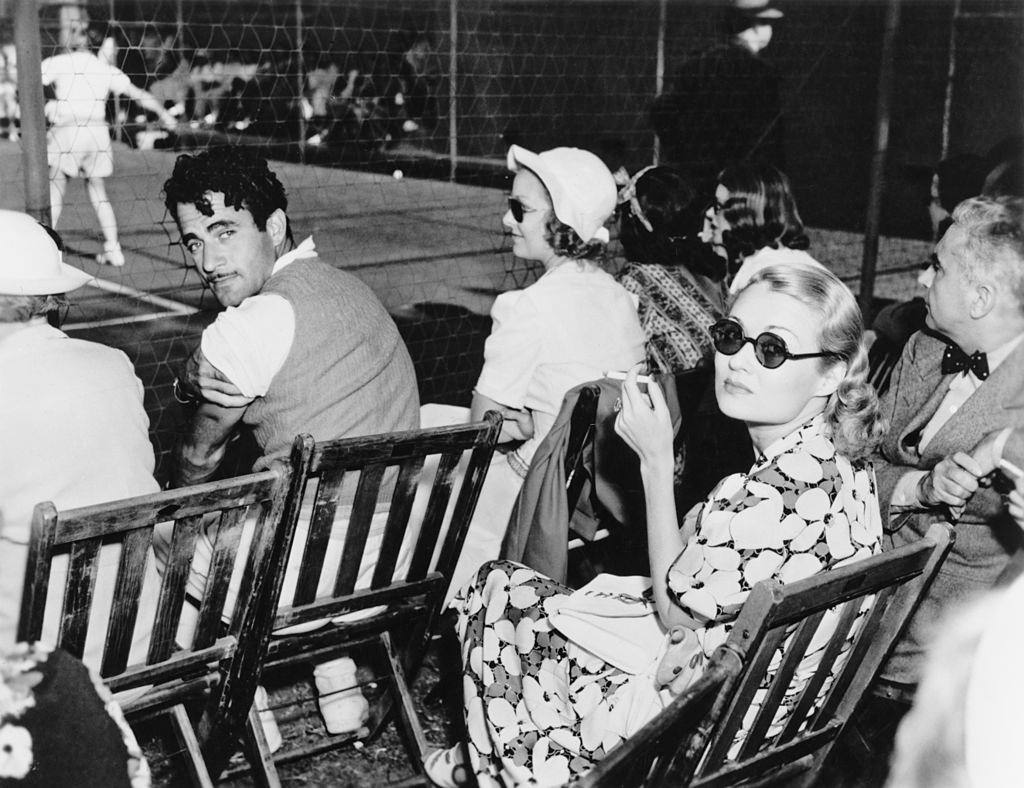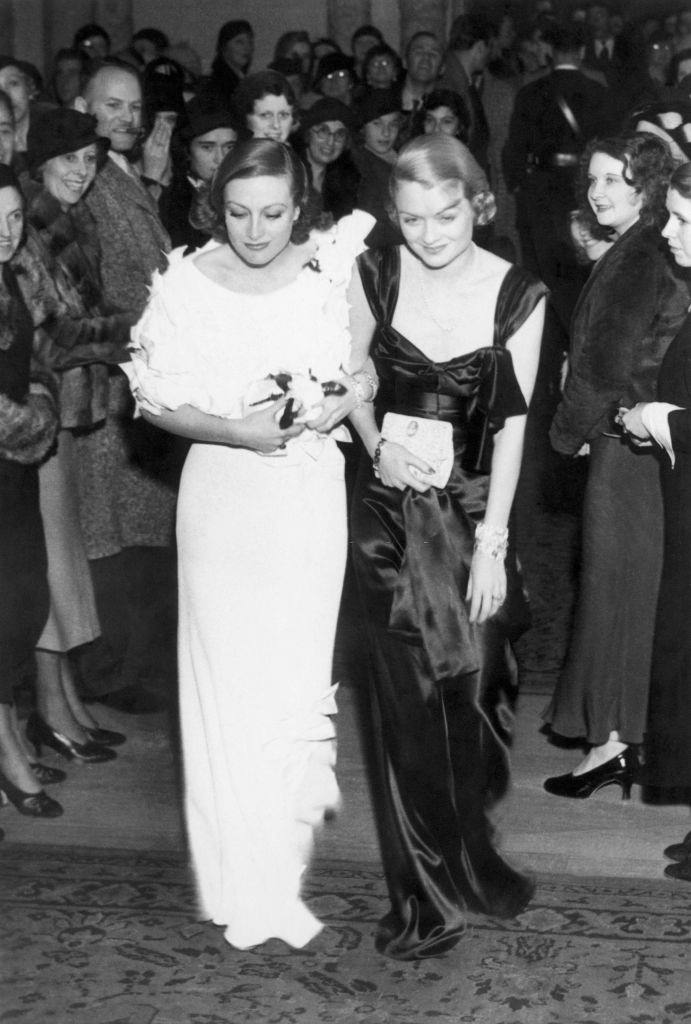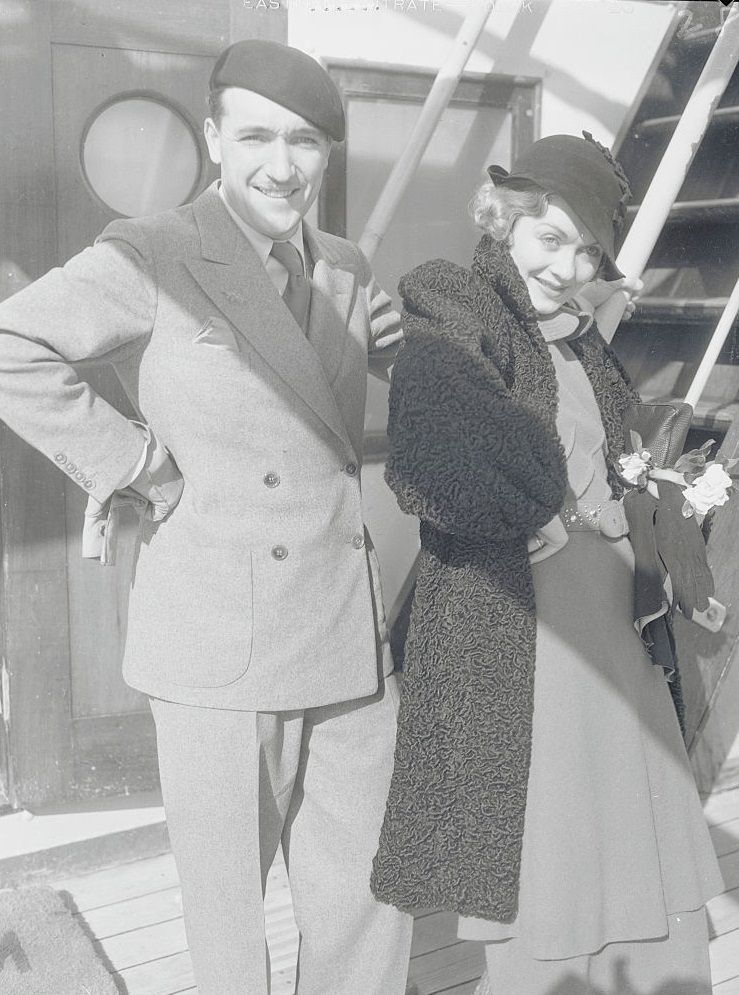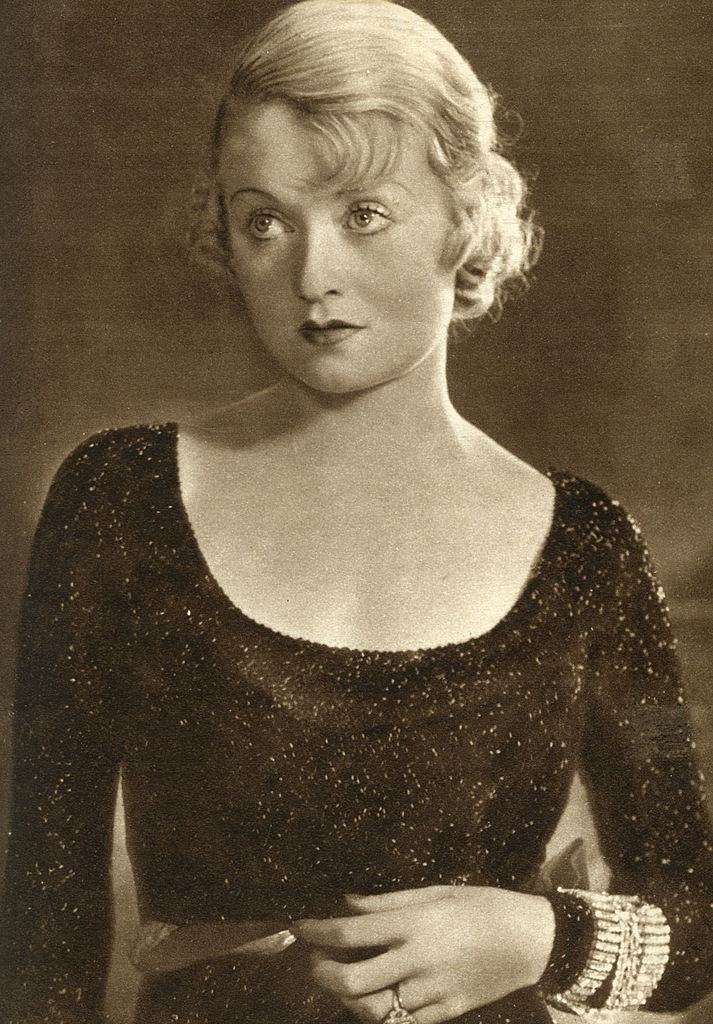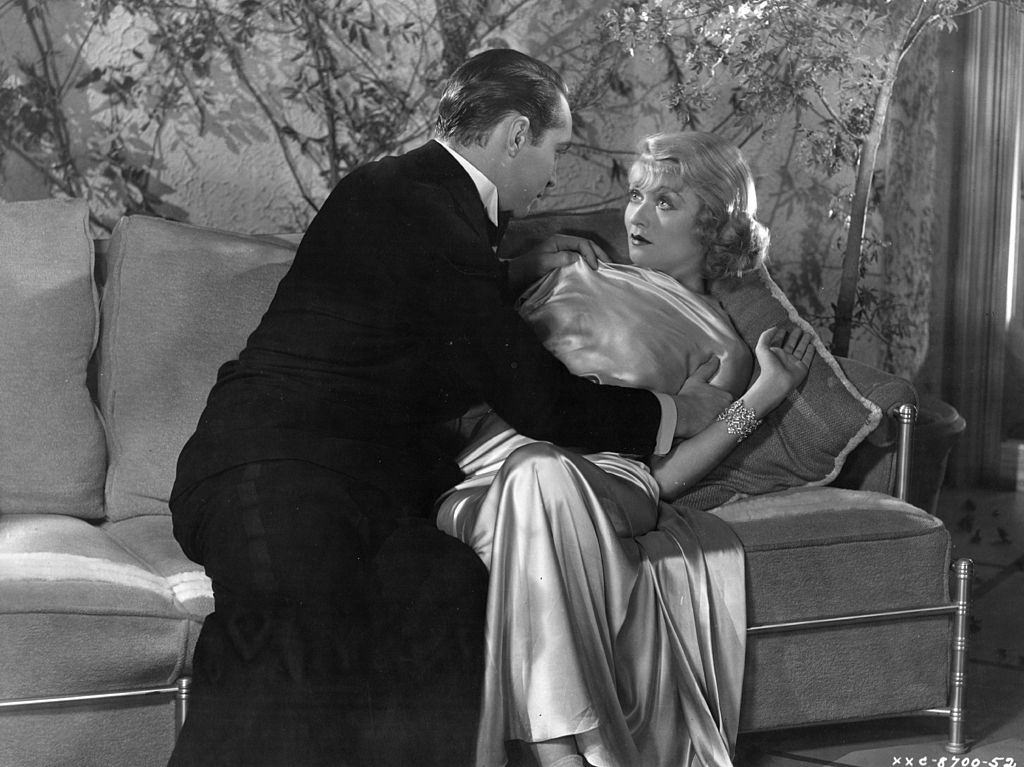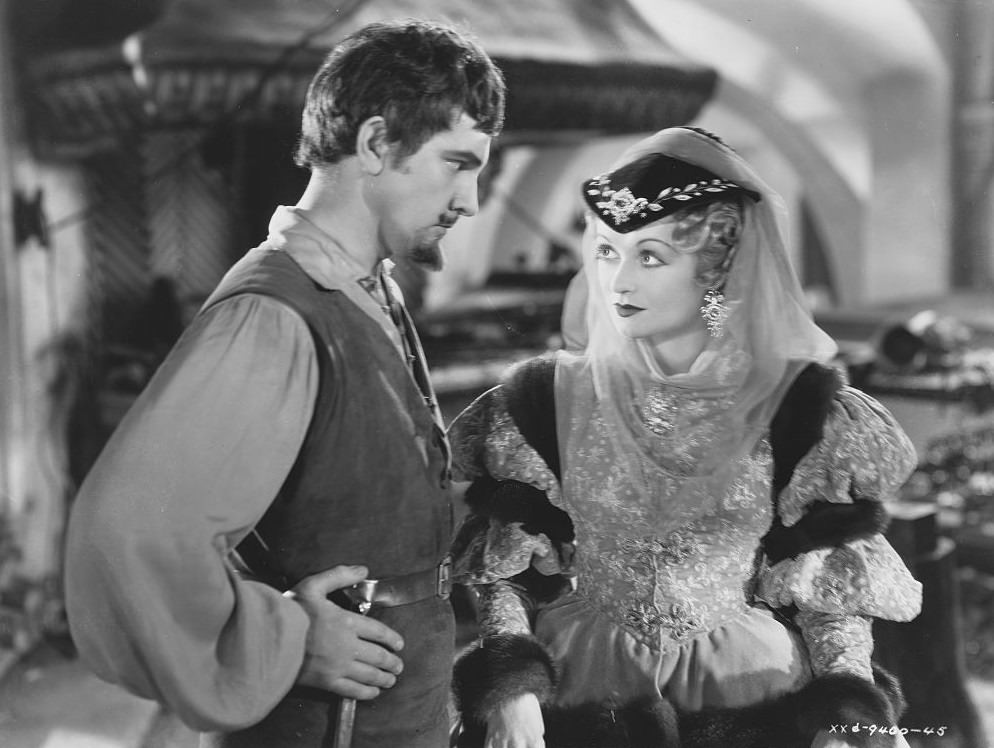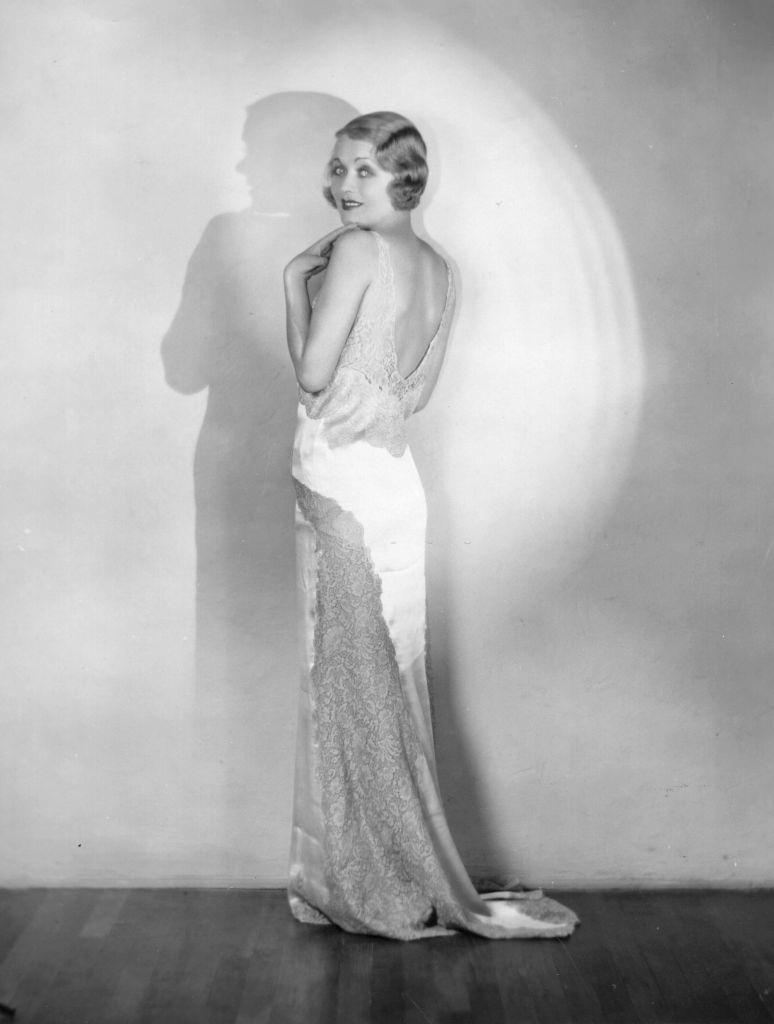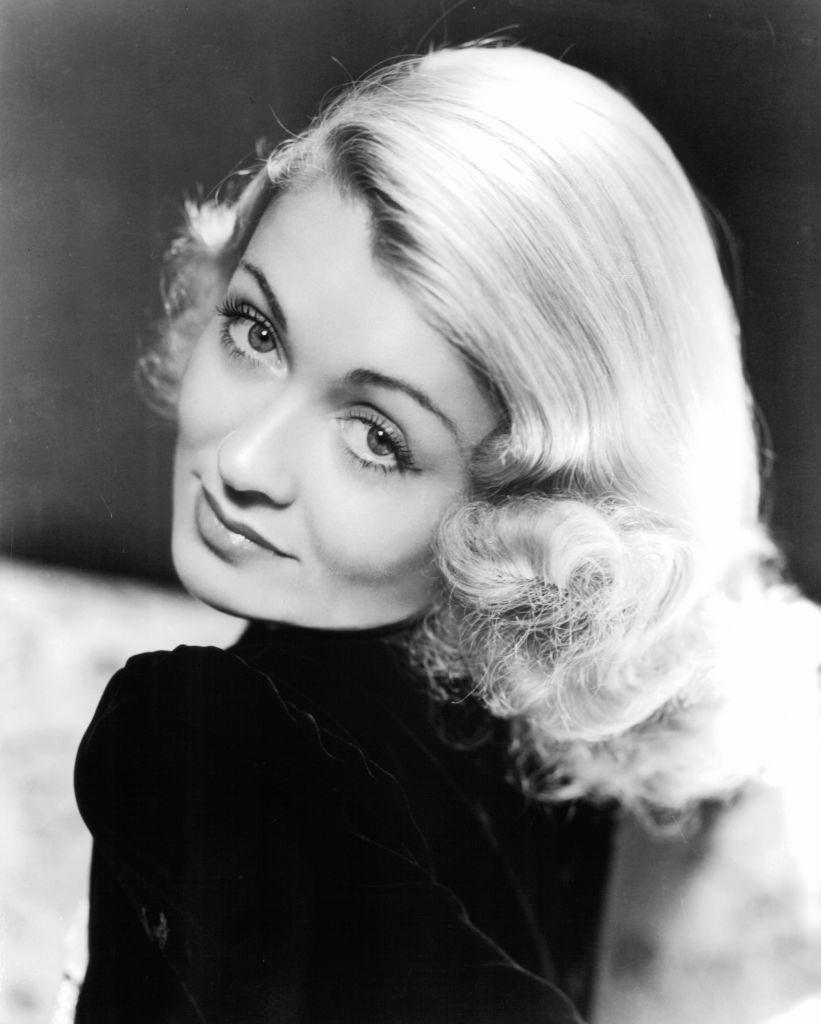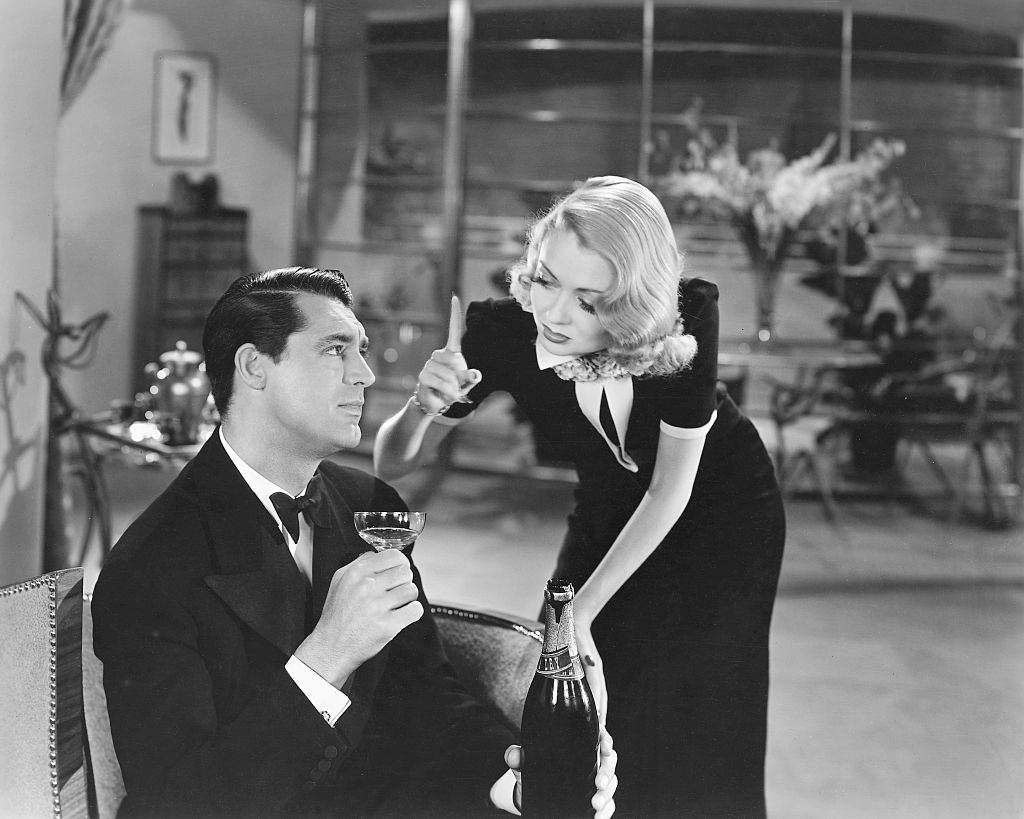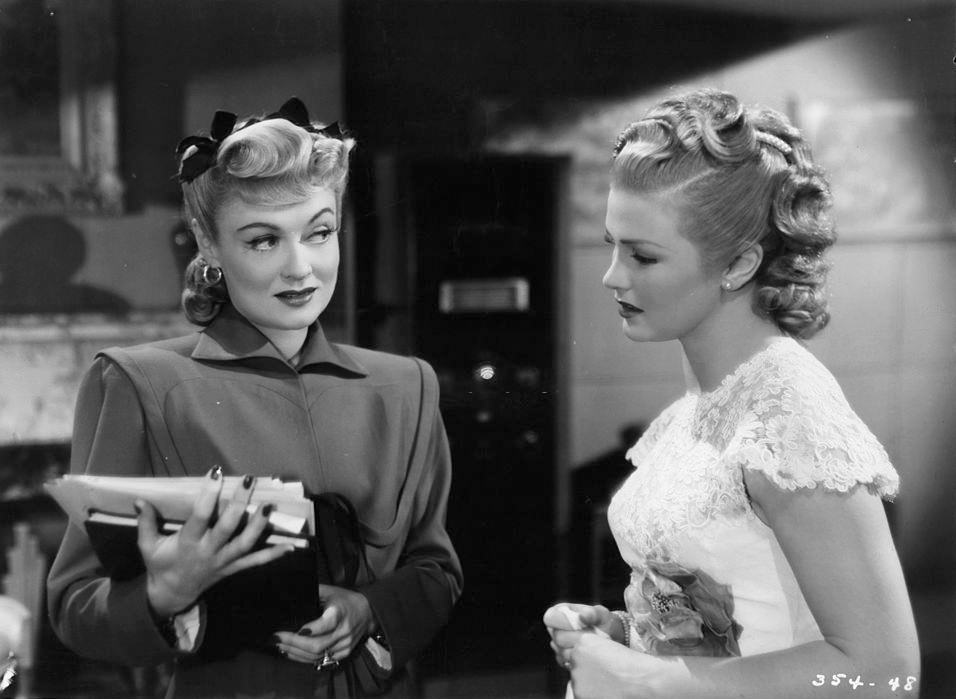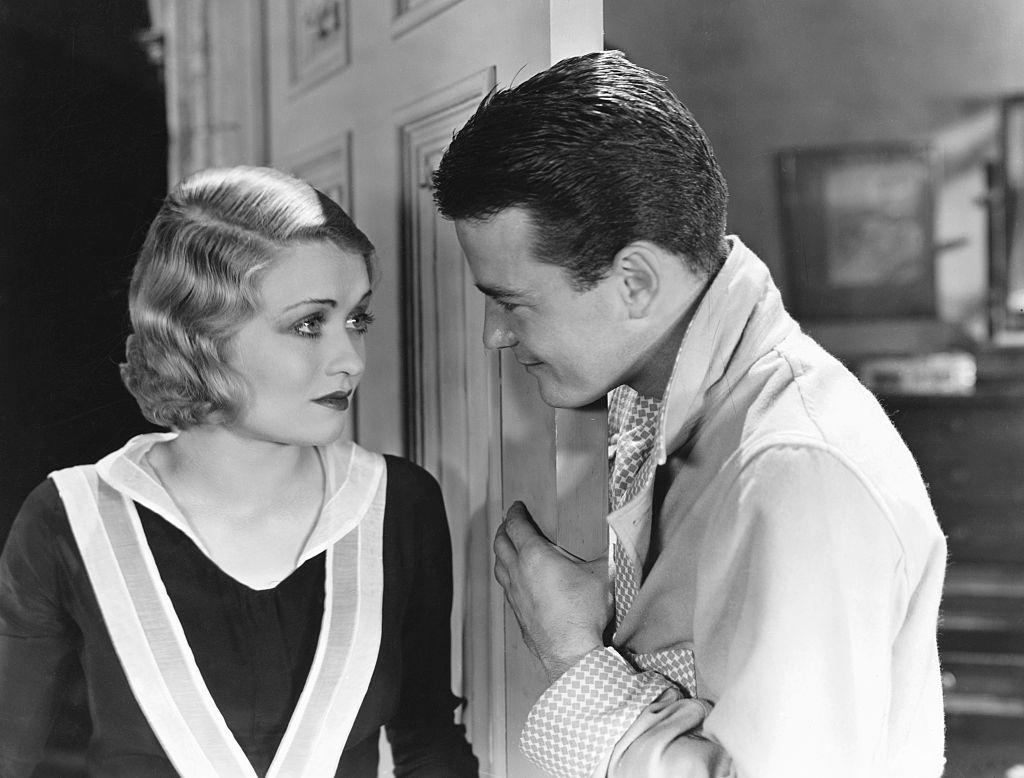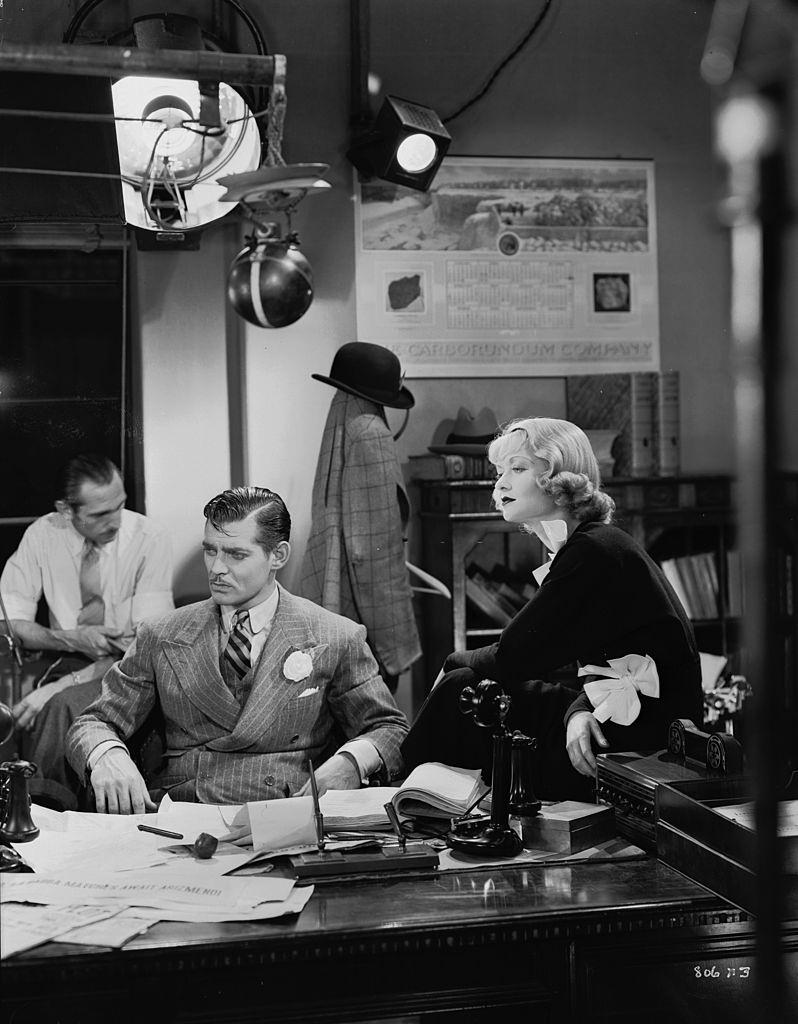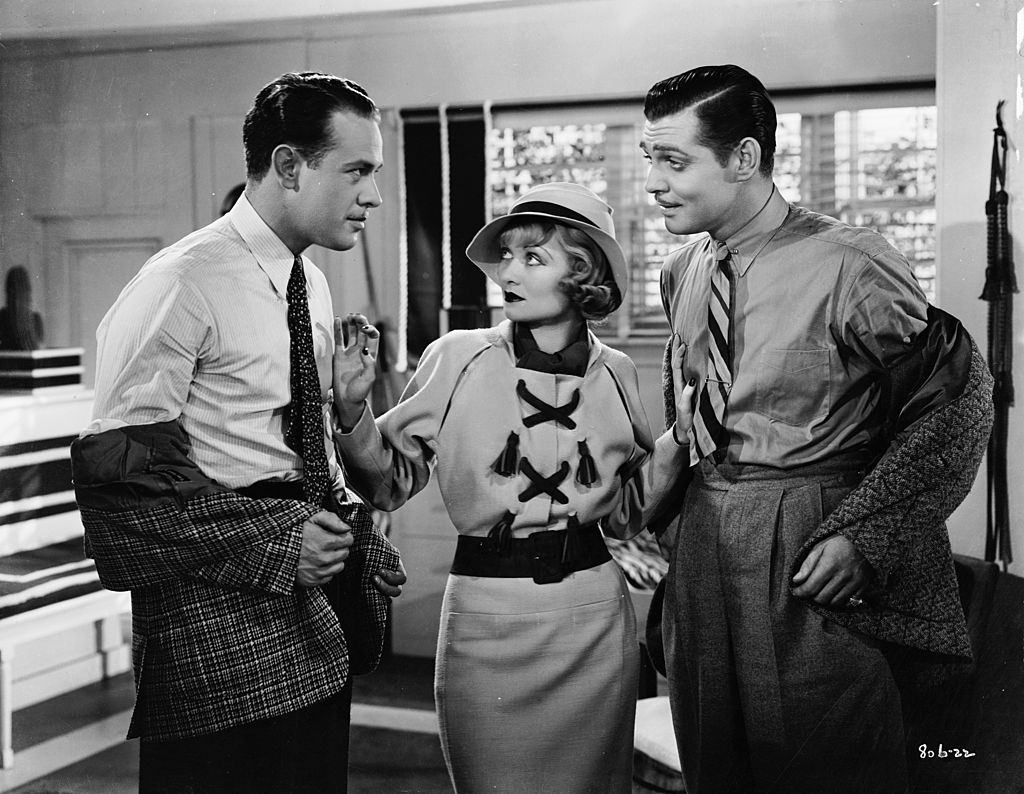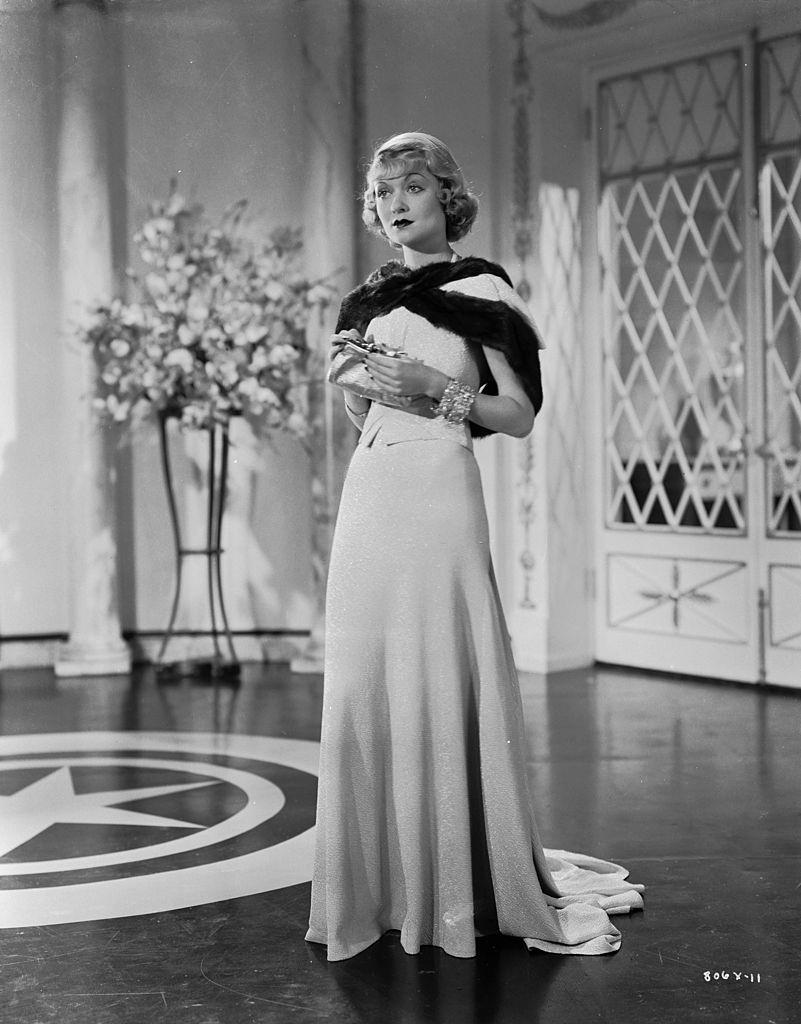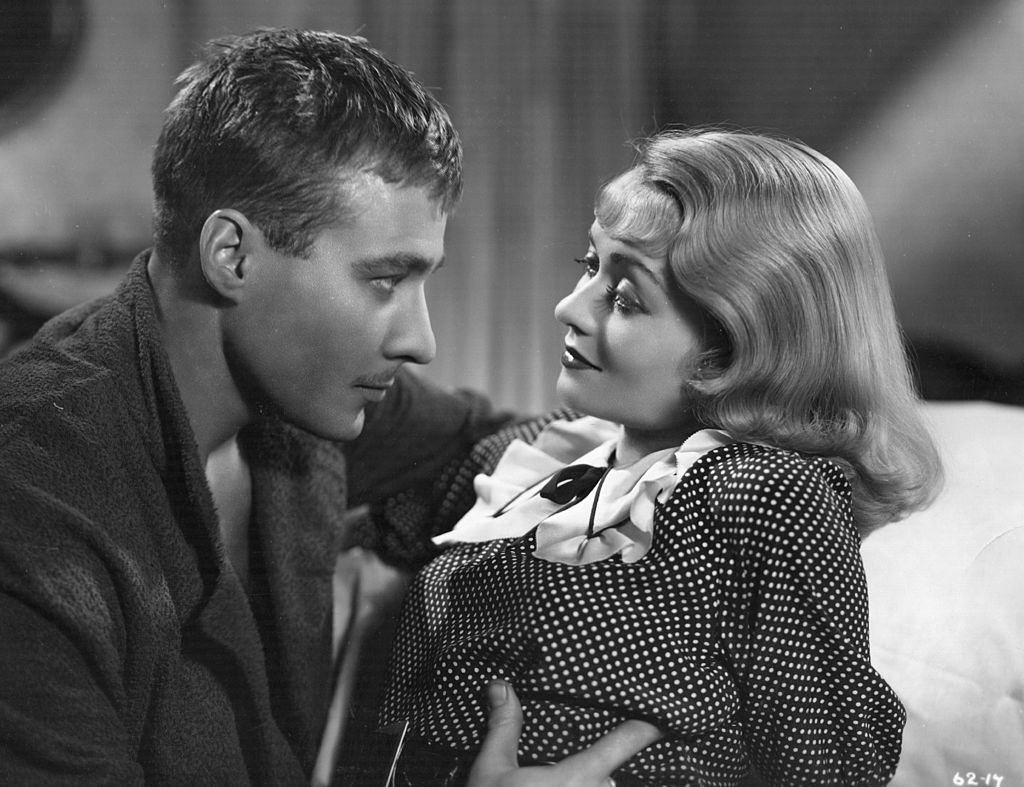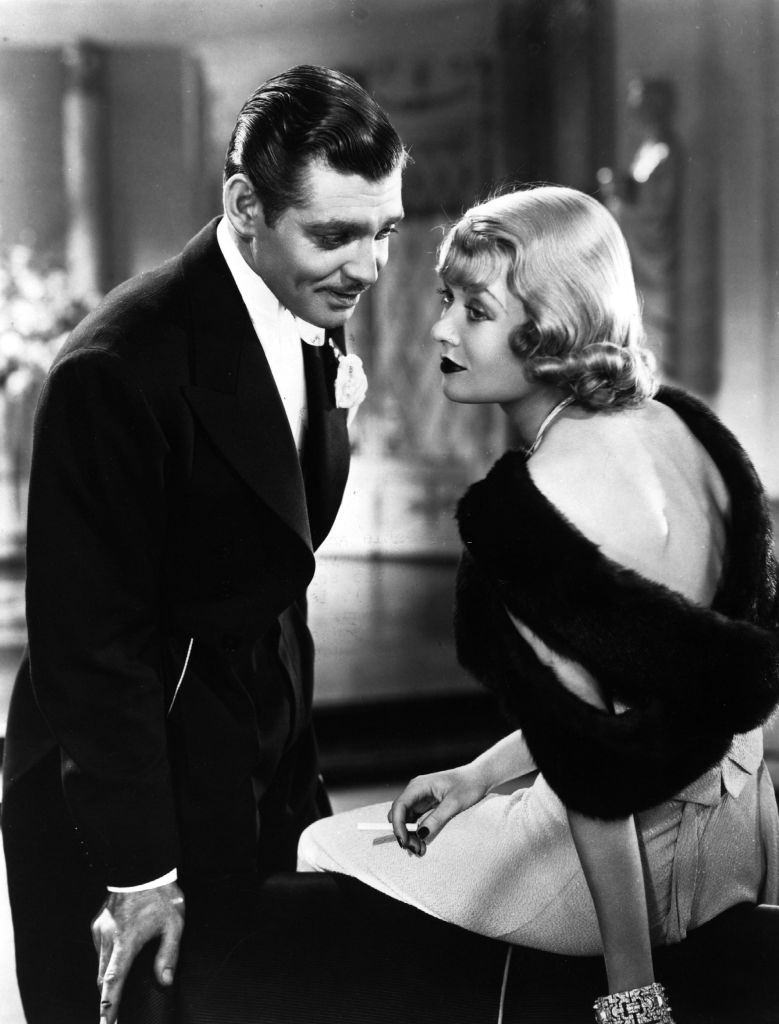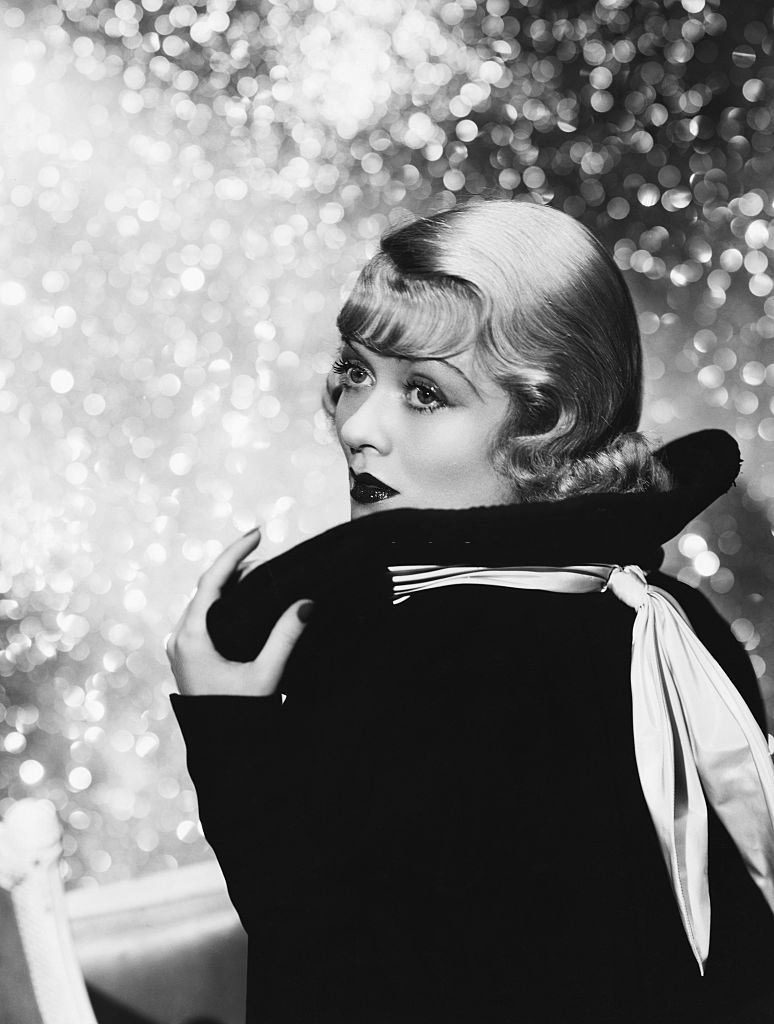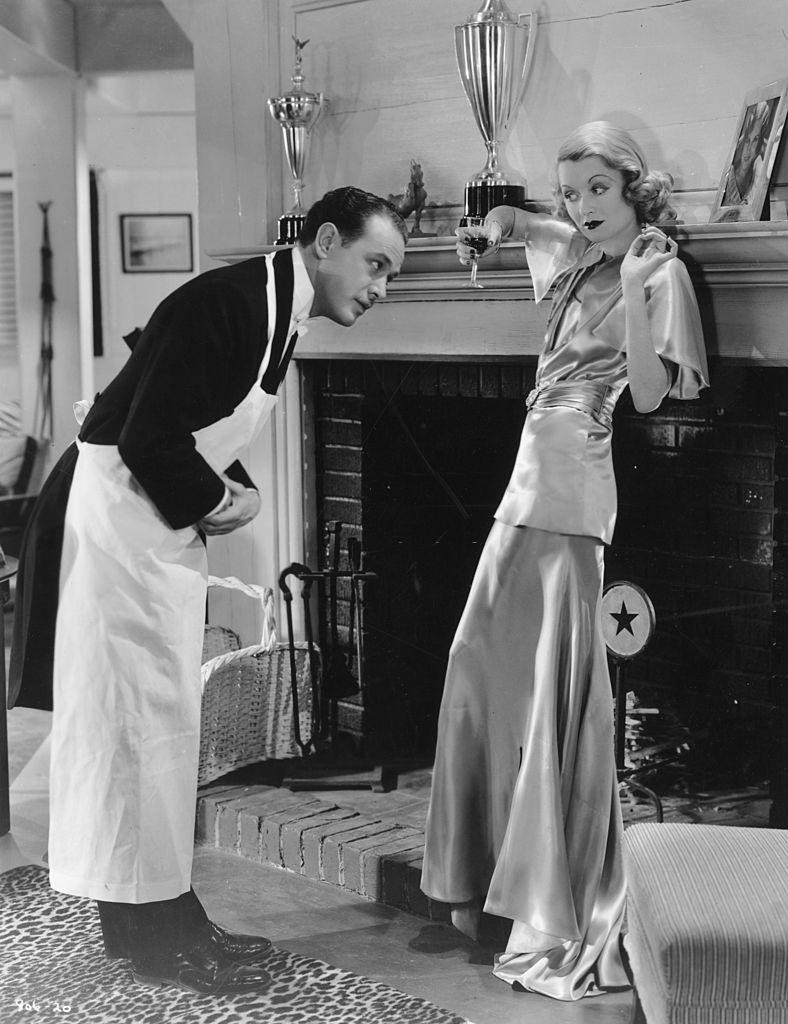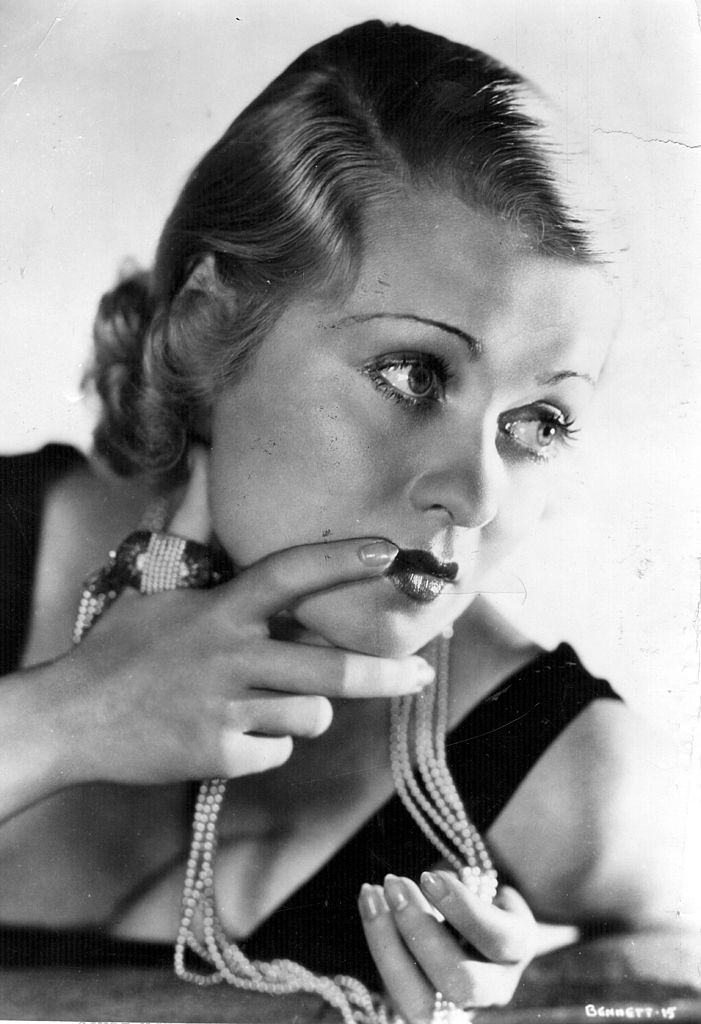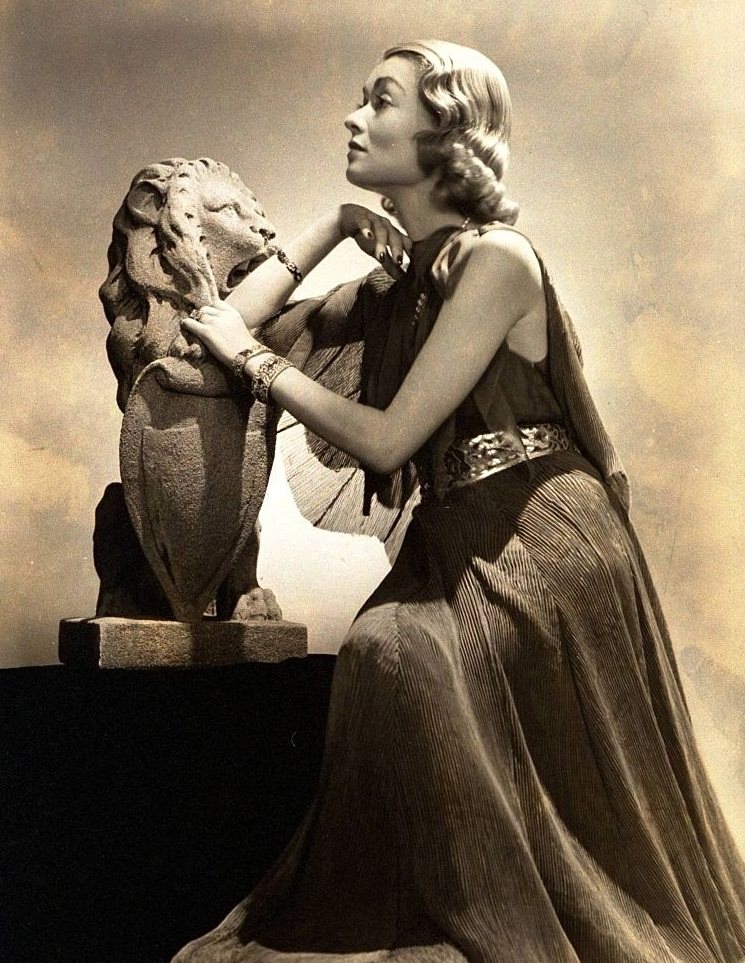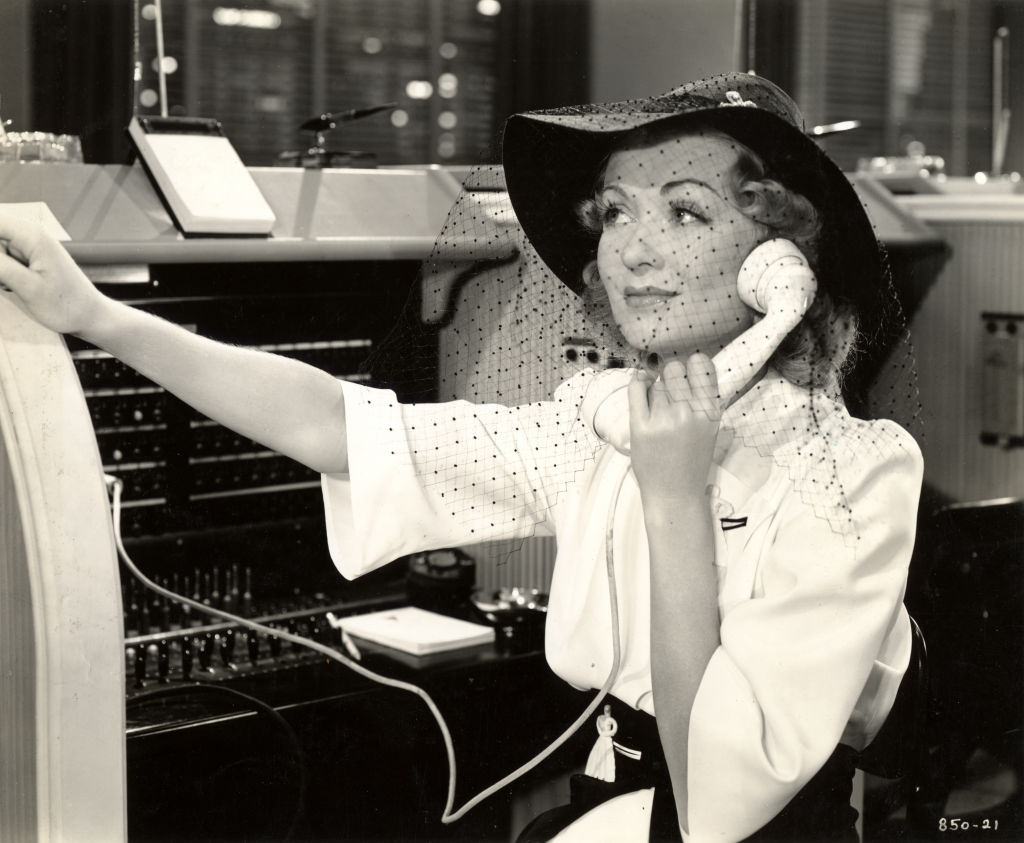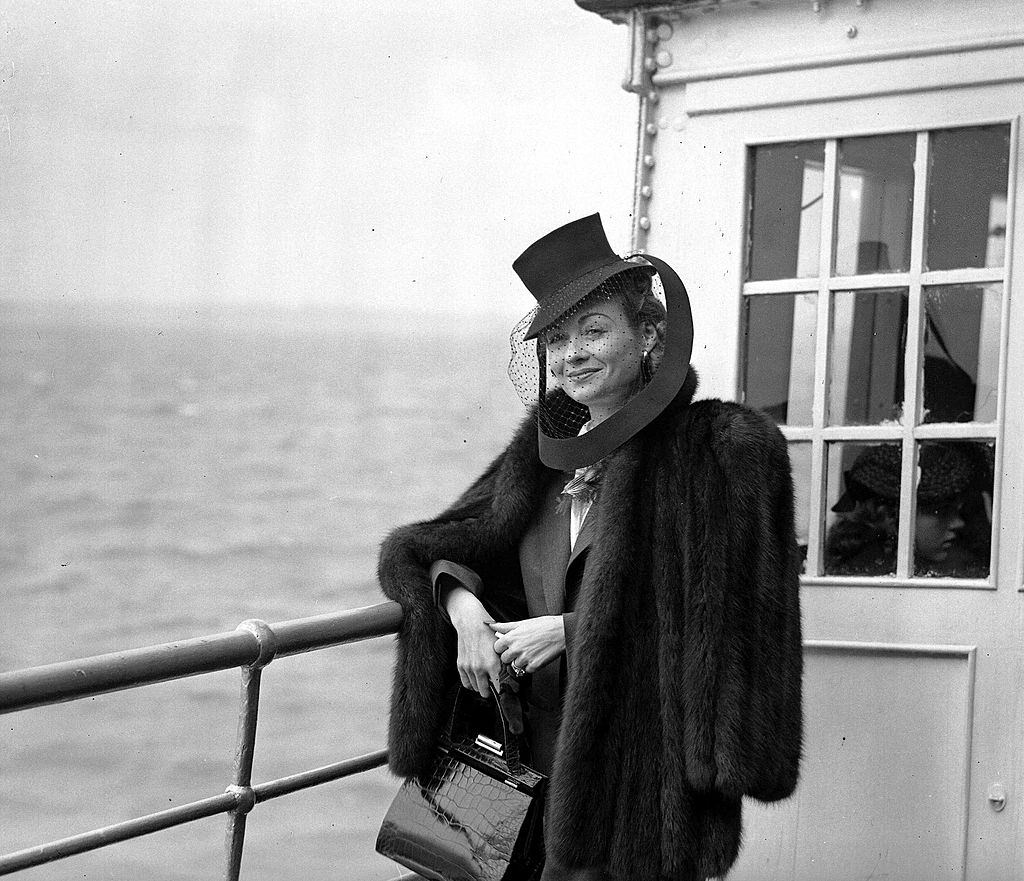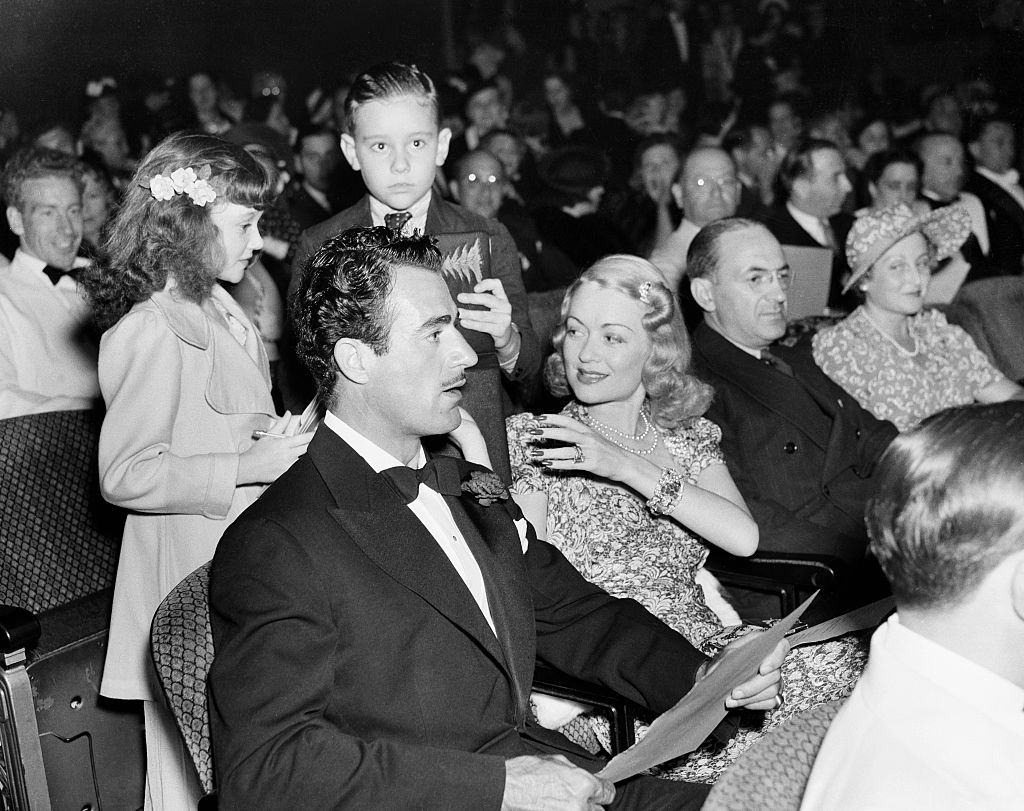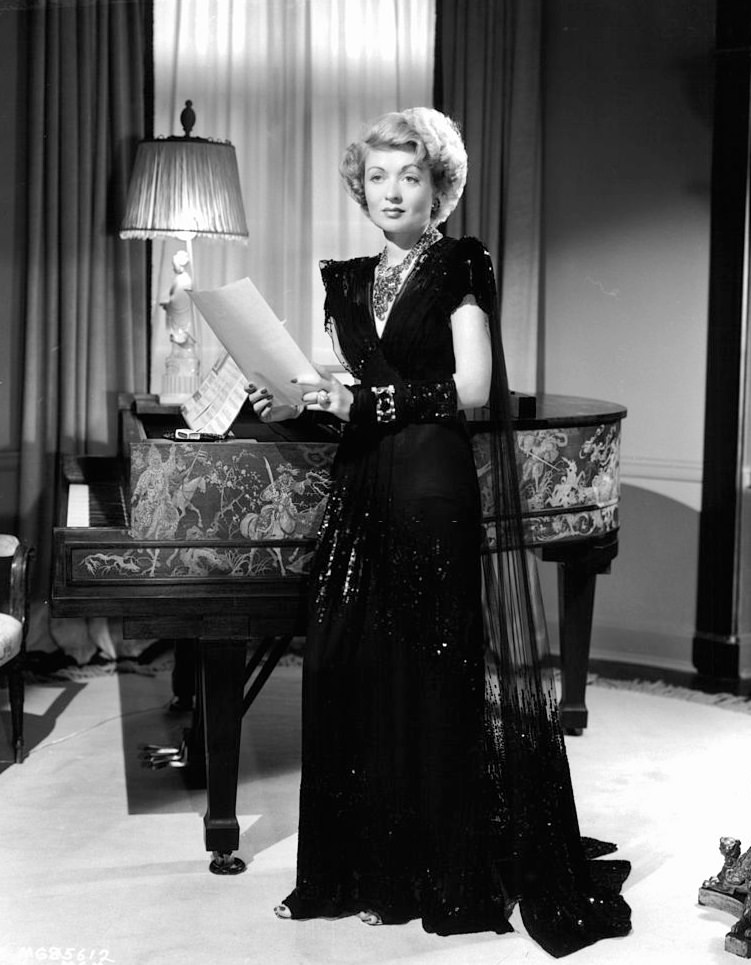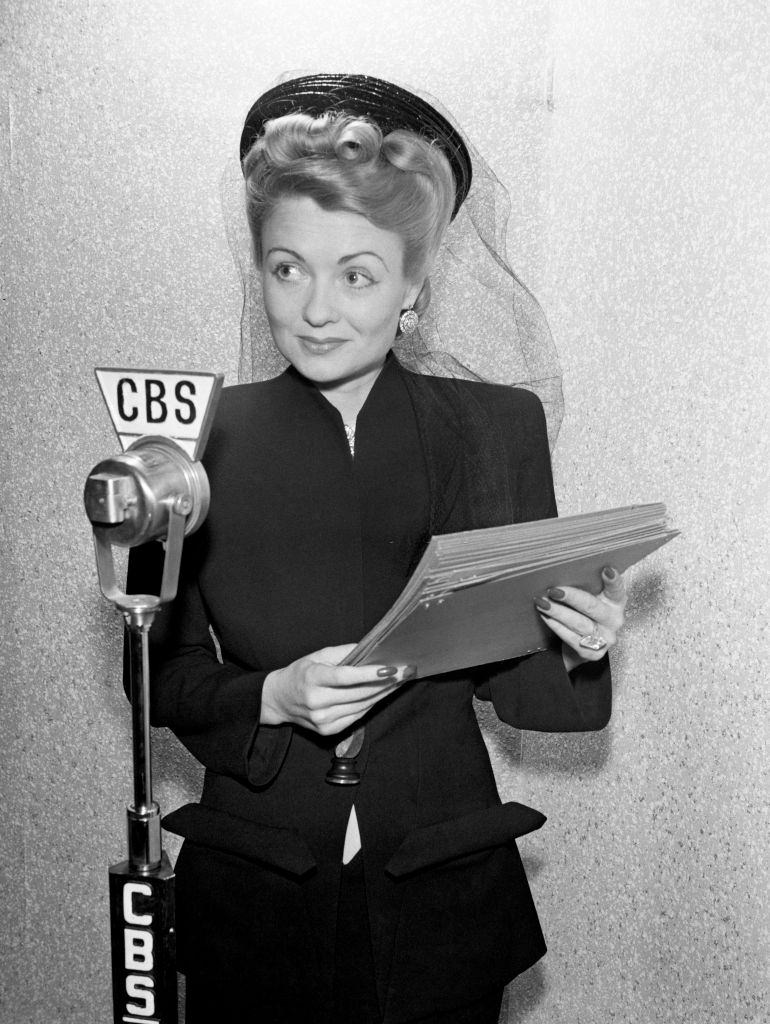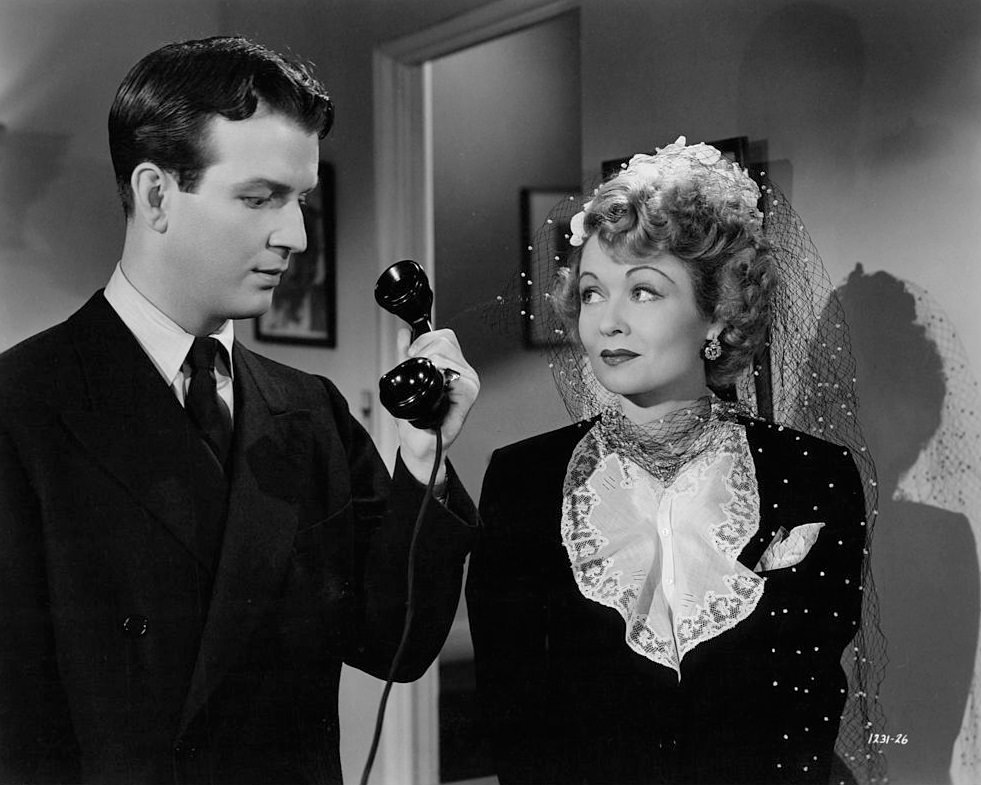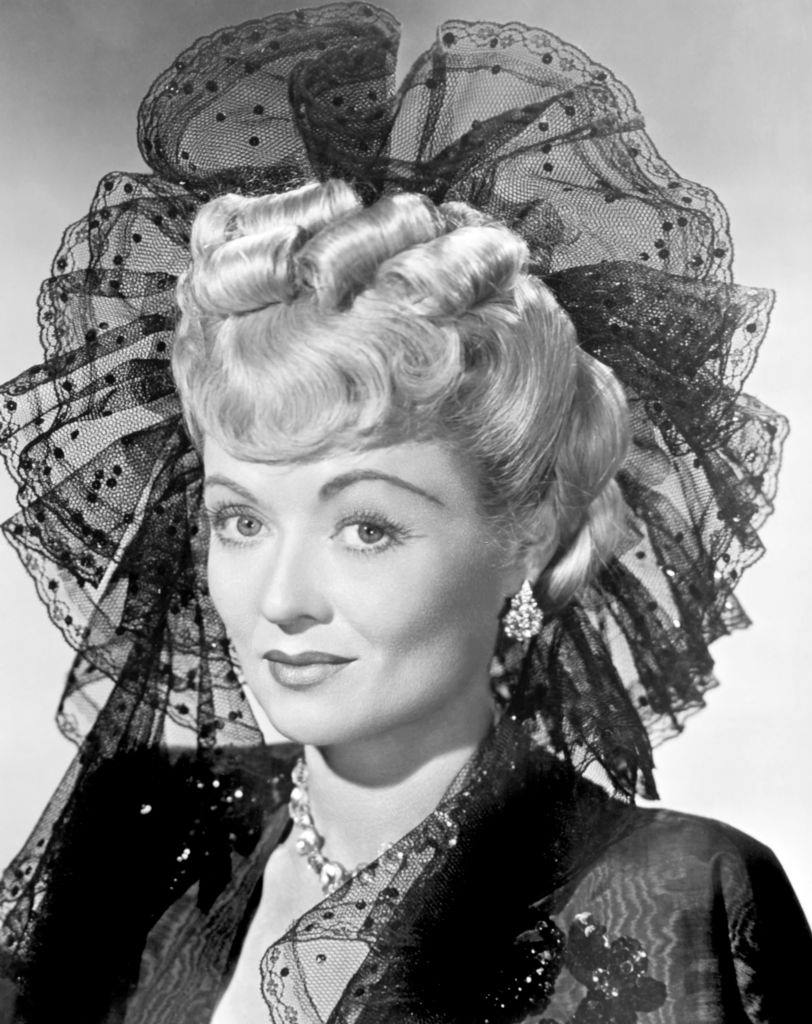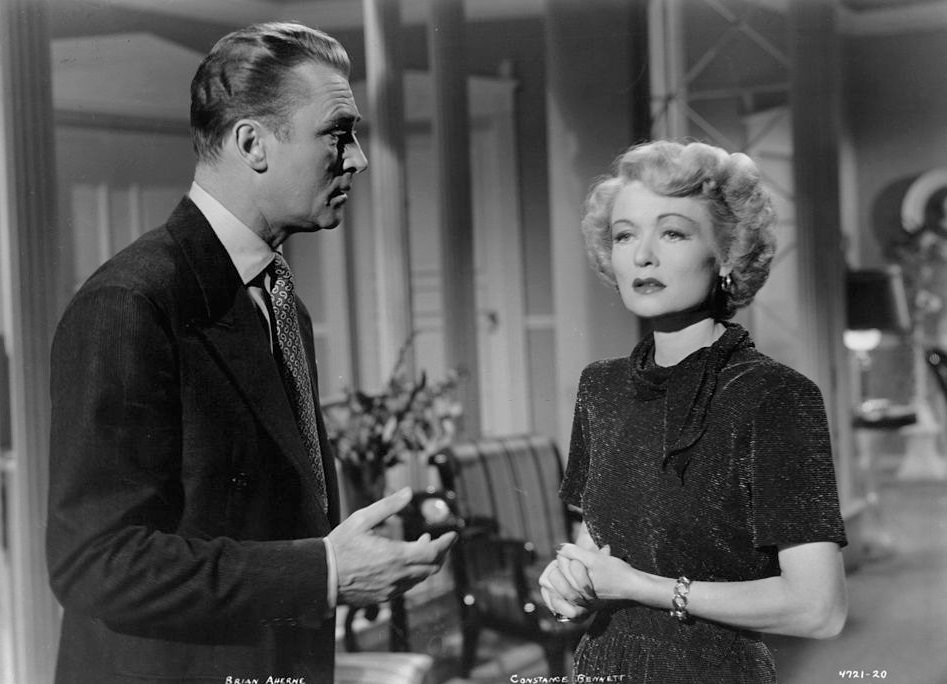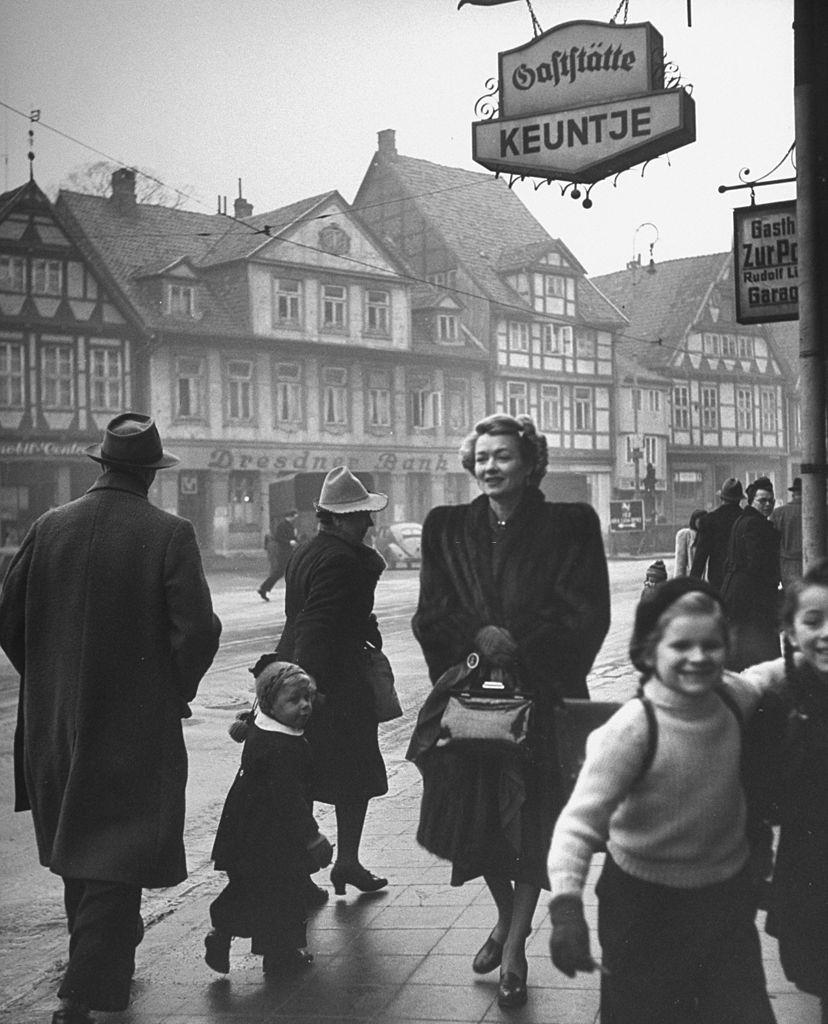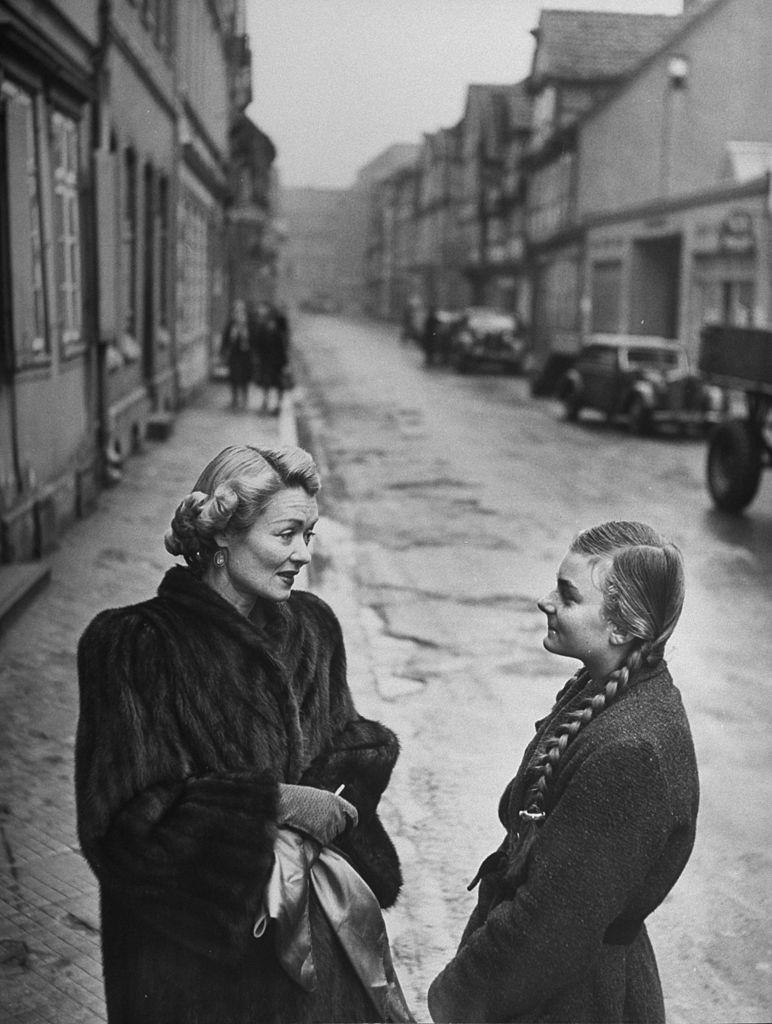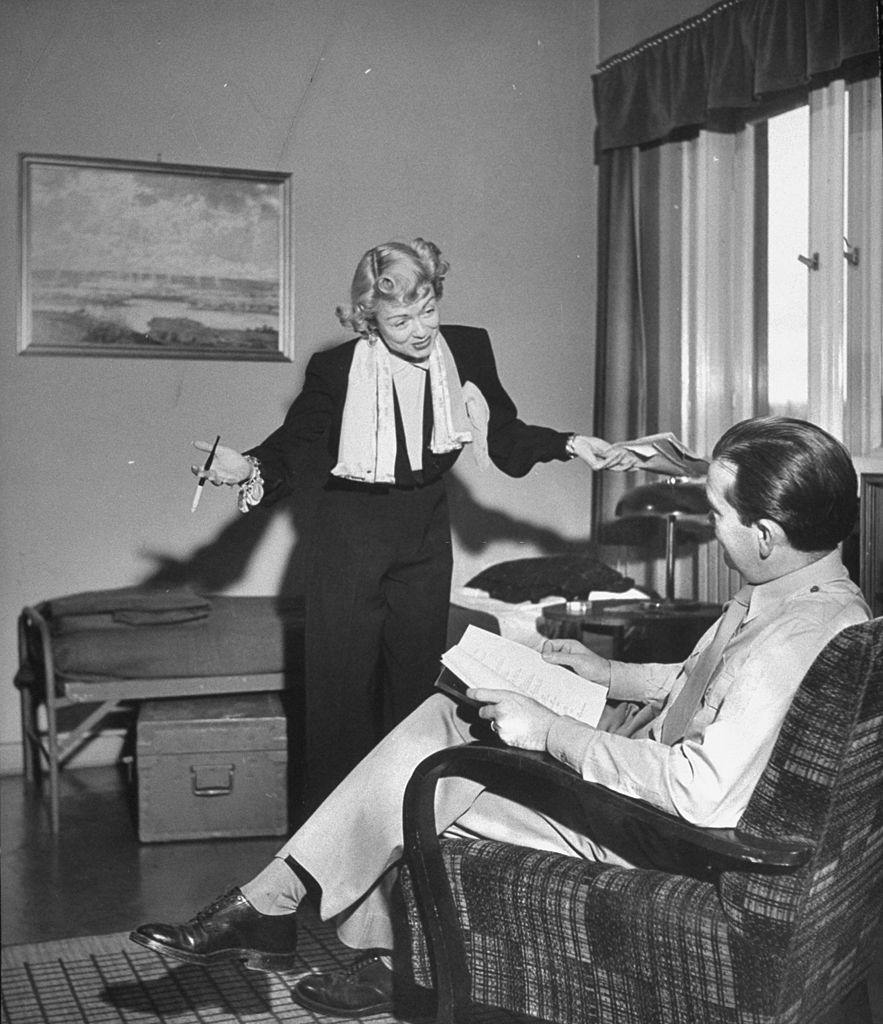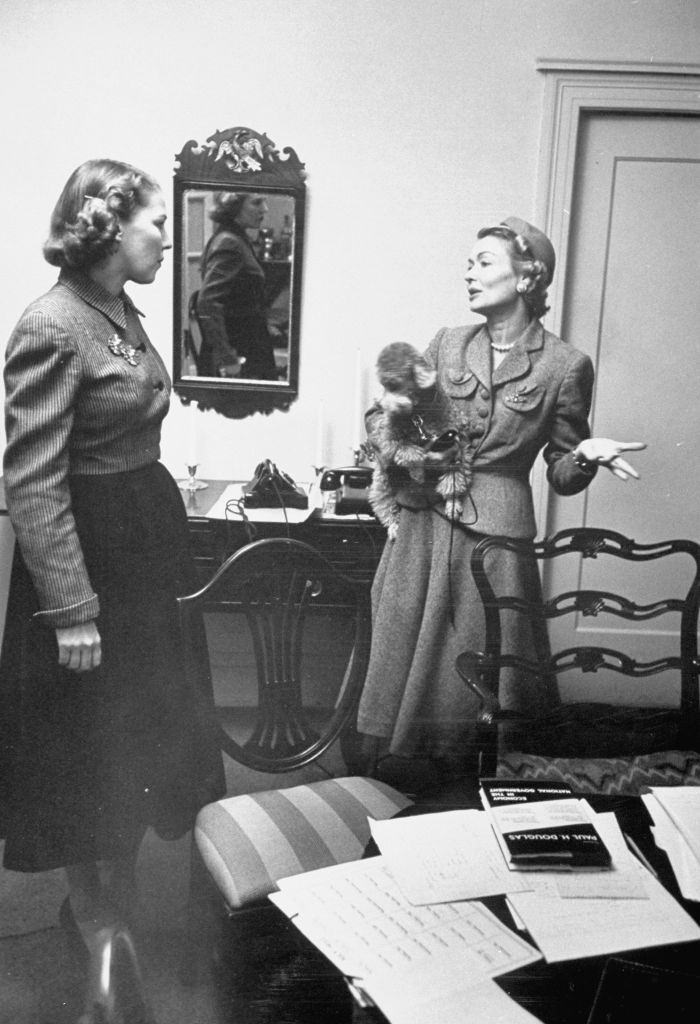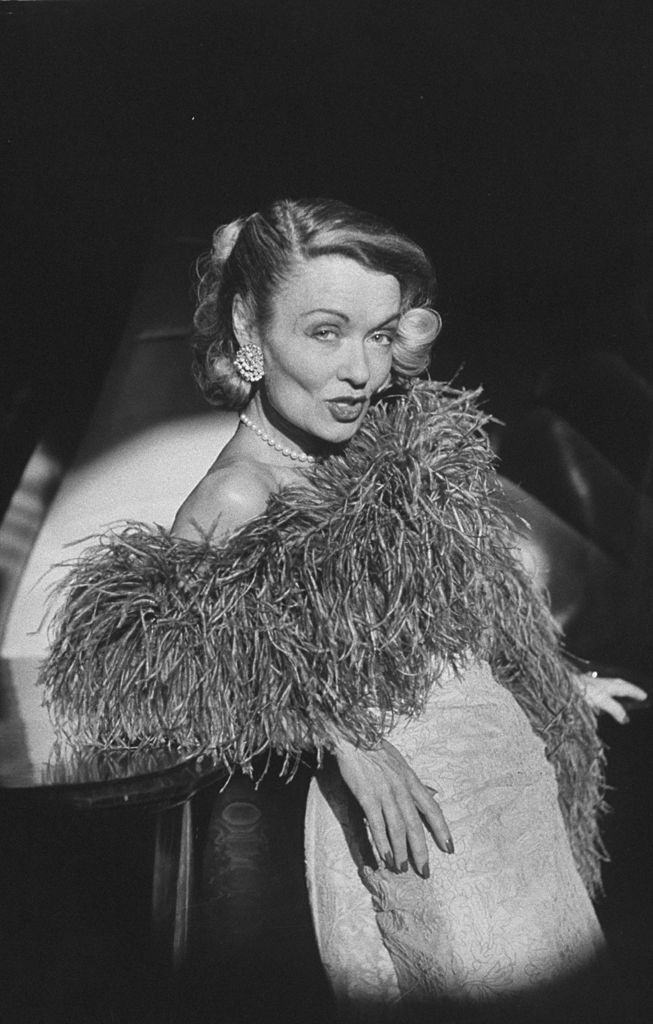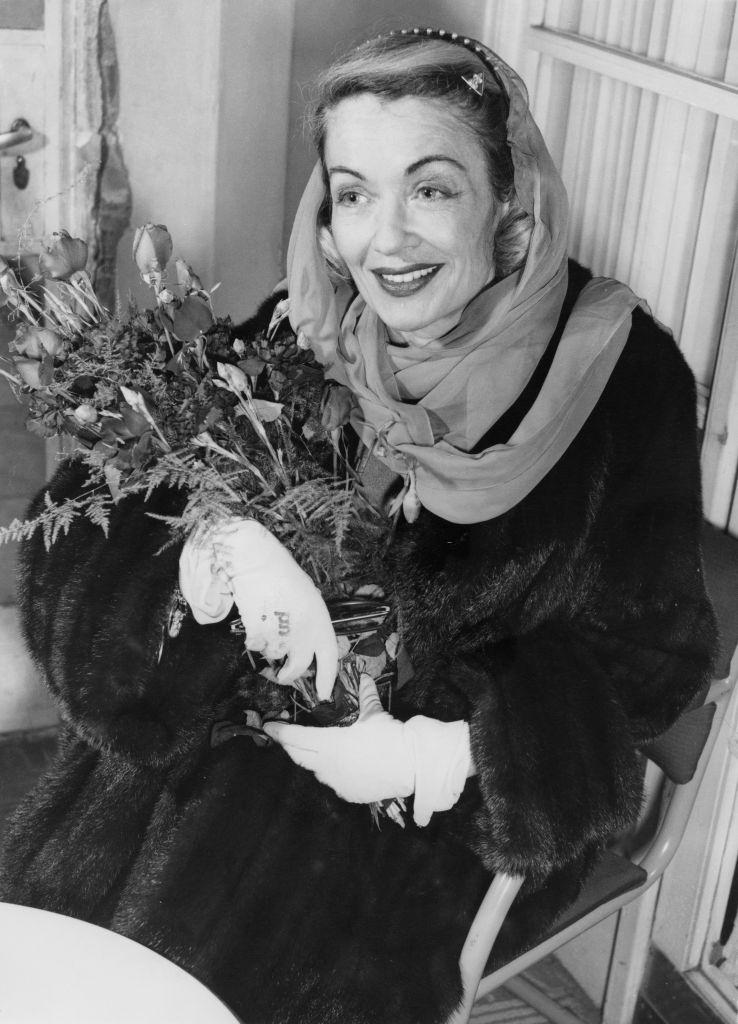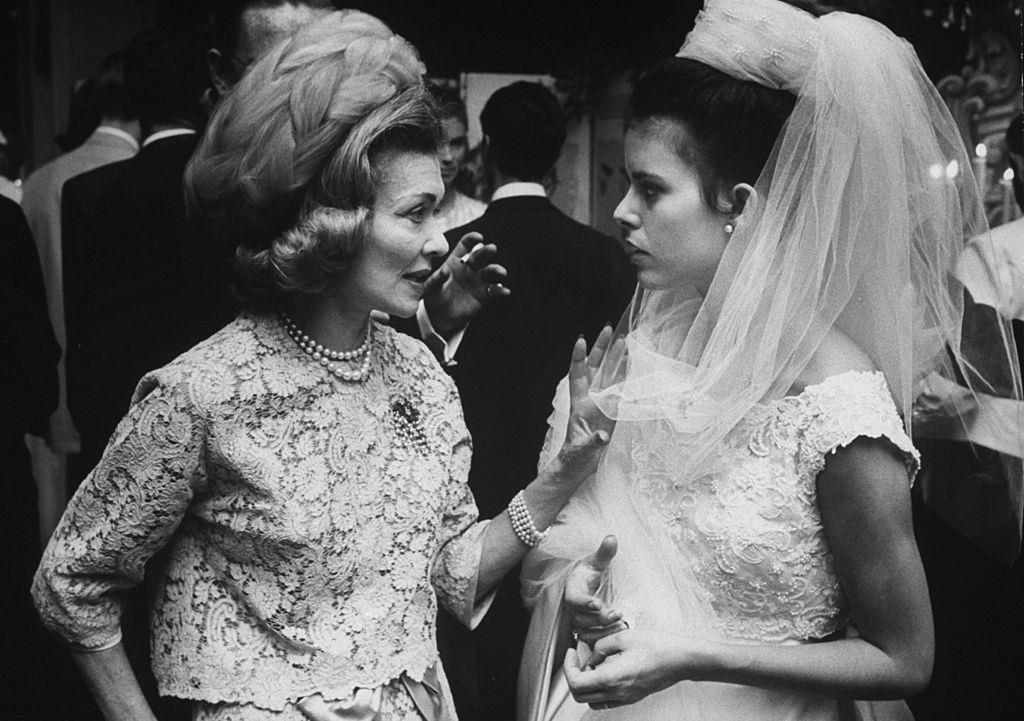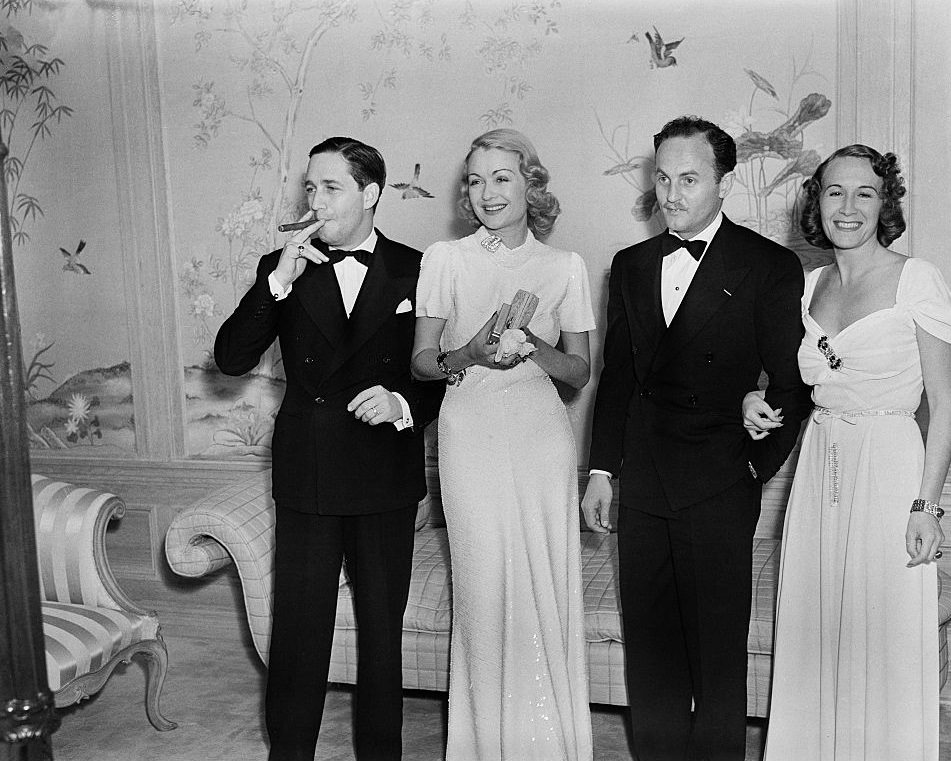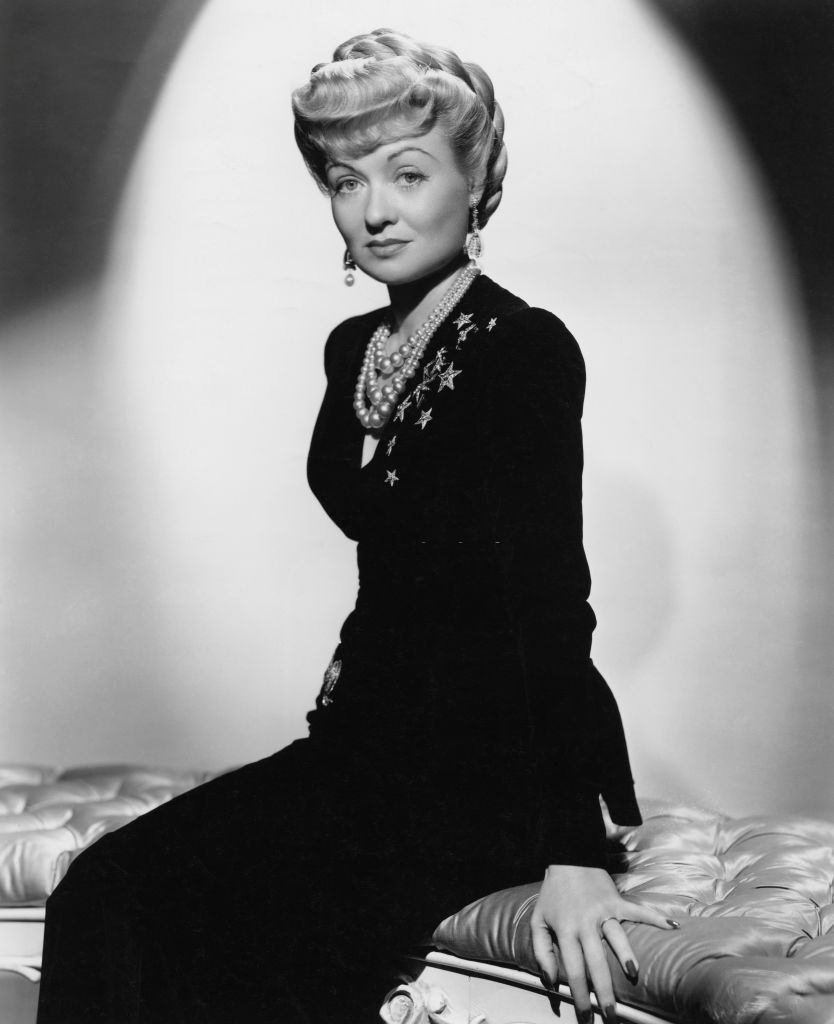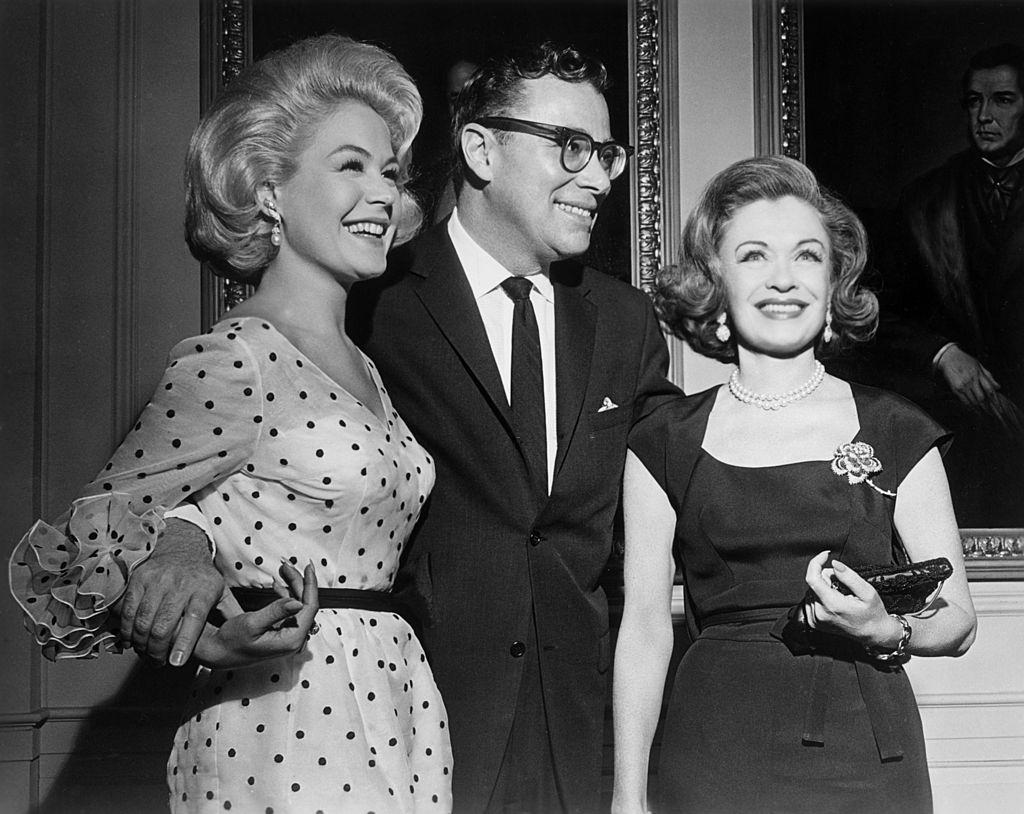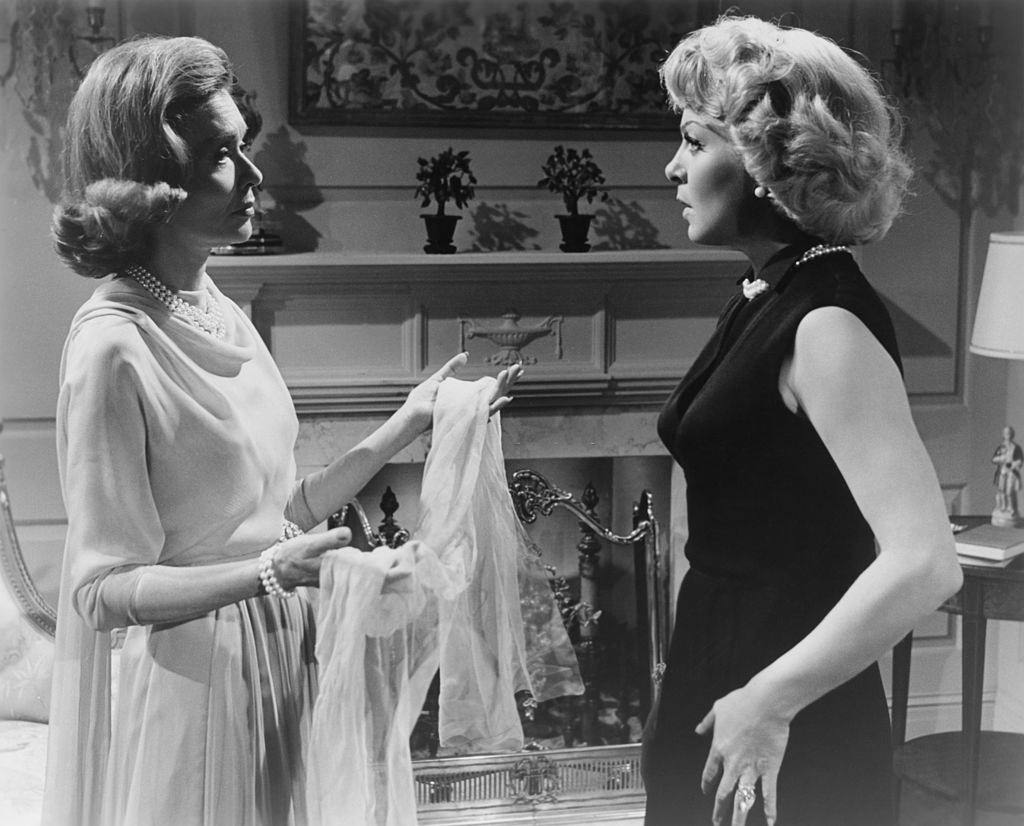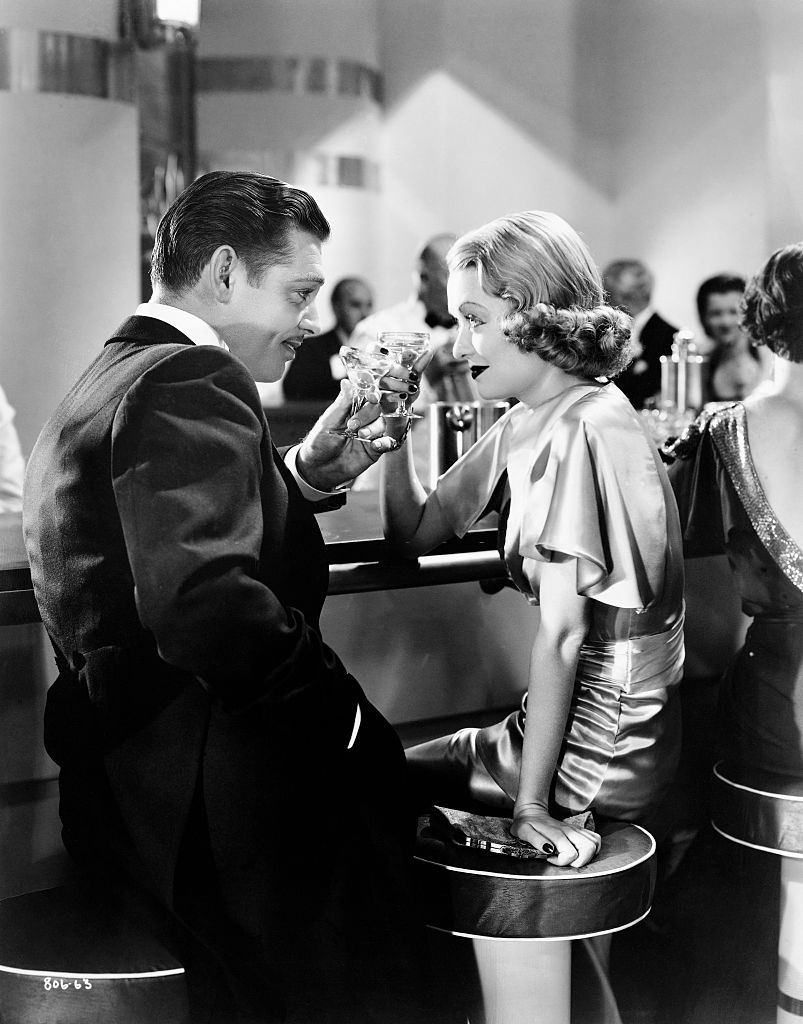Constance Bennett was an American actress, singer, and producer widely known for her work in Hollywood during the 1920s, 30s, and 40s. Born into a family with deep roots in the entertainment industry, Bennett quickly became a shining star of Hollywood’s Golden Age. This post will explore her life, career, and lasting impact on the entertainment world.
Early Life and Family Background
Constance Bennett was born in New York City on October 22, 1904, to stage and silent film actress Adrienne Morrison and actor and theatre manager Richard Bennett. With her parents and two sisters, Joan and Barbara, all involved in the entertainment business, it was no surprise that Constance would follow in their footsteps.
Starting her acting career on stage, she performed alongside her father in a production of “Jarnegan” in 1923. But it was her screen debut a year later, in the silent film “Cytherea,” that marked the beginning of a prolific career in Hollywood.
Rise to Stardom
Constance Bennett’s striking beauty and talent quickly caught the attention of both audiences and filmmakers. Her natural charisma and adaptability to different roles allowed her to excel in various genres, from comedies and dramas to romances and mysteries.
During the late 1920s and early 30s, Bennett worked alongside some of the biggest names in Hollywood, including her close friend Cary Grant. She earned critical acclaim for her performances in films like “The Divine Lady” (1929) and “Born to Love” (1931), and her popularity soared.
However, her role as the glamorous and ambitious actress in the pre-Code drama “What Price Hollywood?” (1932) cemented her status as a Hollywood icon. The film’s success led to her starring in several other successful pre-Code films, such as “Bed of Roses” (1933) and “Moulin Rouge” (1934).
In 1937, Bennett starred in the screwball comedy “Topper” alongside Cary Grant. The film’s success led to two sequels, “Topper Takes a Trip” (1938) and “Topper Returns” (1941), which further solidified her status as a versatile actress and box office draw.
Transition to Television and Production
As the 1940s progressed, Constance Bennett’s career began to slow down, with fewer leading roles coming her way. However, she was not deterred and instead turned her attention to television and producing. In 1946, she formed her own production company, Constance Bennett Productions, and began producing films like “Paris Underground” (1945) and “Lonesome Lady” (1948).
In the 1950s, she transitioned to television, appearing in popular anthology series such as “The Ford Television Theatre” and “The United States Steel Hour.” Bennett also had a recurring role on the sitcom “Nanny and the Professor” in the early 1970s.
Personal Life and Legacy
Constance Bennett was known for her strong personality and determination throughout her life. She was married five times, notably to a French nobleman, millionaire Henri de la Falaise, and actor Gilbert Roland. She had three children, Christina and Lorinda, who became actresses.
Bennett was an astute businesswoman and wise investor, amassing considerable wealth throughout her life. She was also a fashion icon known for her impeccable style and sophisticated taste.
Constance Bennett passed away on July 24, 1965, at 60, leaving behind a rich legacy in Hollywood history. Her contributions to the film industry, both on and off the screen, have left an indelible mark on the entertainment world. Her ability to transition from the silent film era to the talkies and later to television demonstrates her incredible versatility and talent.
In recent years, her films have been revisited and celebrated by new generations of film enthusiasts. Her performances in movies like “What Price Hollywood?” and the “Topper” series remain timeless examples of classic Hollywood cinema. Constance Bennett’s enduring legacy is a testament to her dedication, hard work, and passion for her craft.
Beyond her film career, Constance Bennett was also a philanthropist, often giving back to her community and supporting charitable causes. Her love for animals led her to become an advocate for animal rights and welfare, a passion she shared with her sister, actress Joan Bennett.
Moreover, as one of the first women to establish her own production company, Constance Bennett paved the way for future generations of female producers in Hollywood. Her acting career often overshadows her role as a trailblazer in this aspect, but it remains an important part of her legacy.
In many ways, Constance Bennett embodies the spirit of Hollywood’s Golden Age, a time when glamour, sophistication, and larger-than-life personalities reigned supreme. Her work and influence on the industry have left an indelible impact on the world of cinema.
Below are some beautiful photos of Constance Bennett from her life and career.


